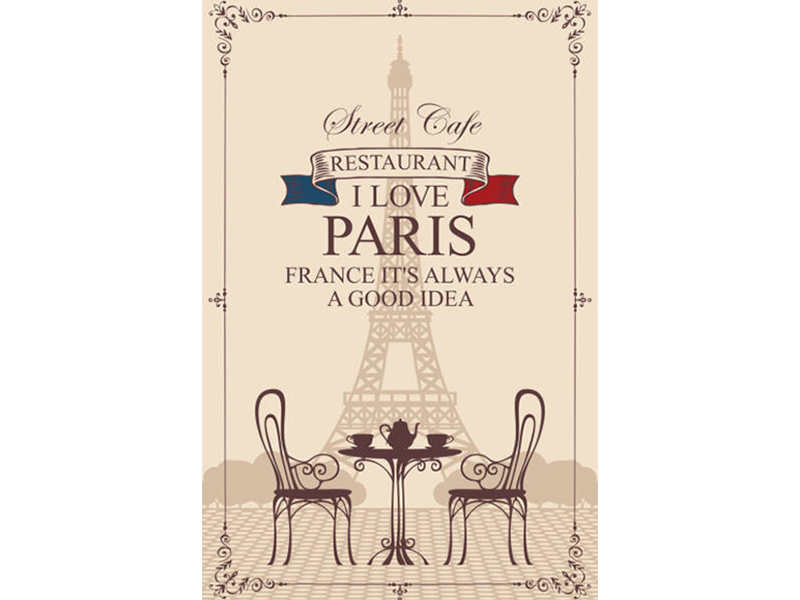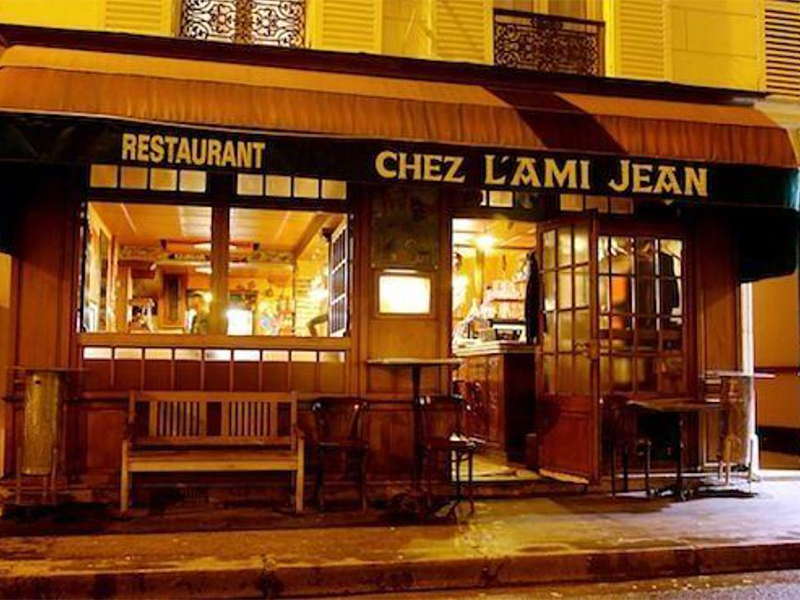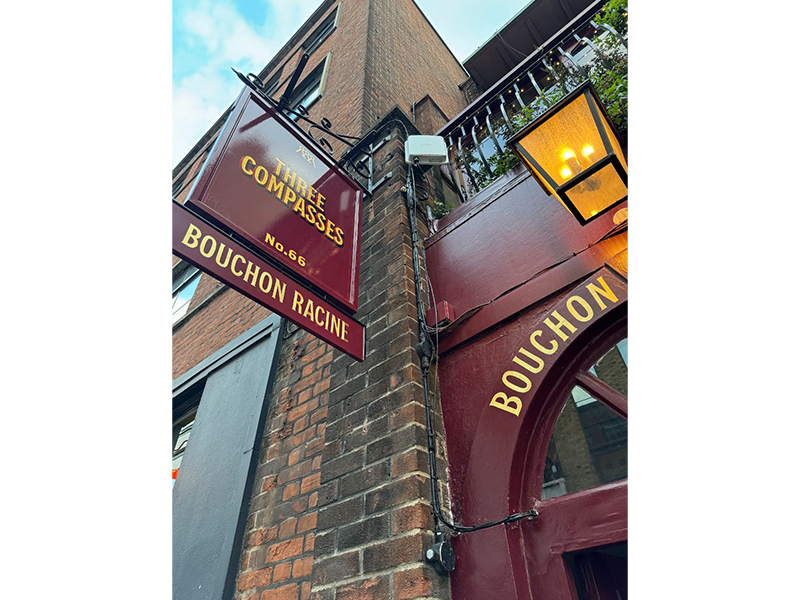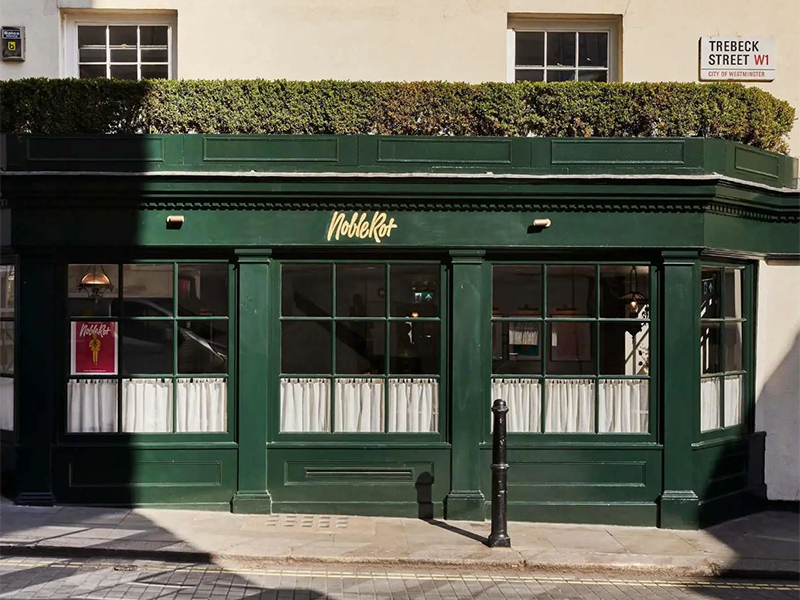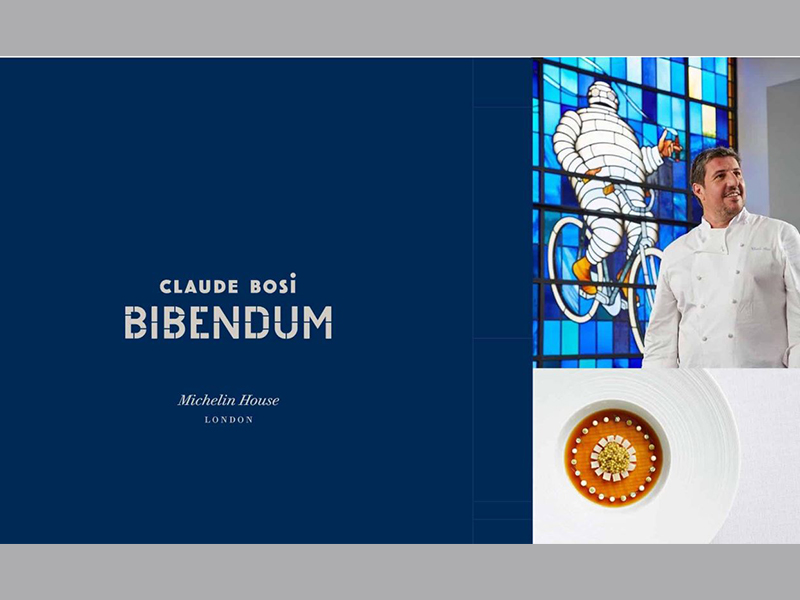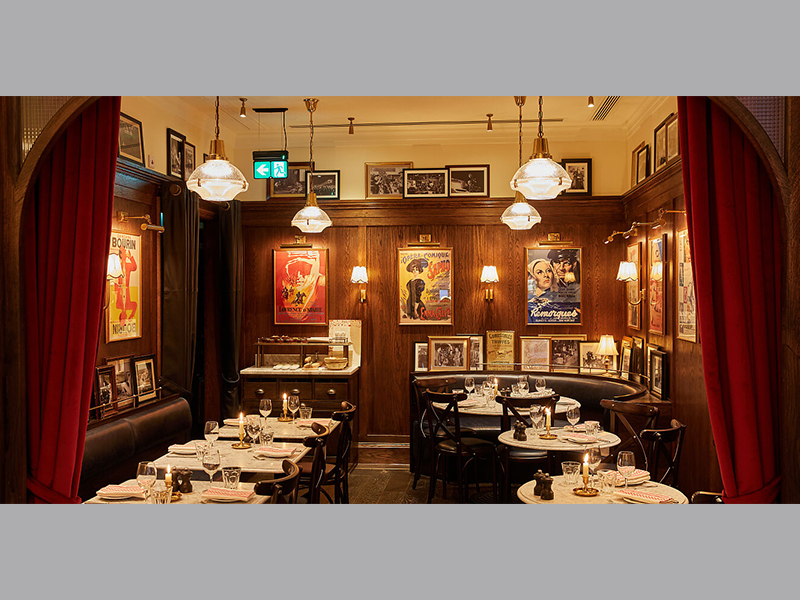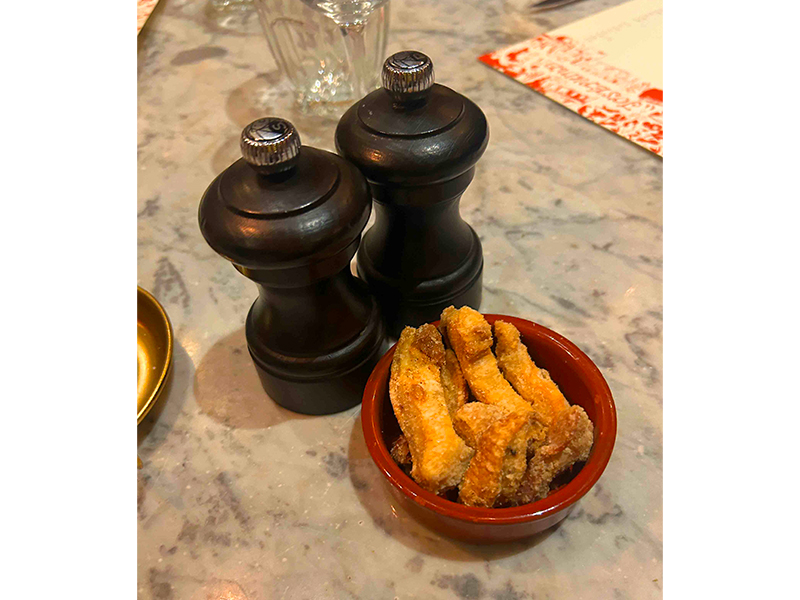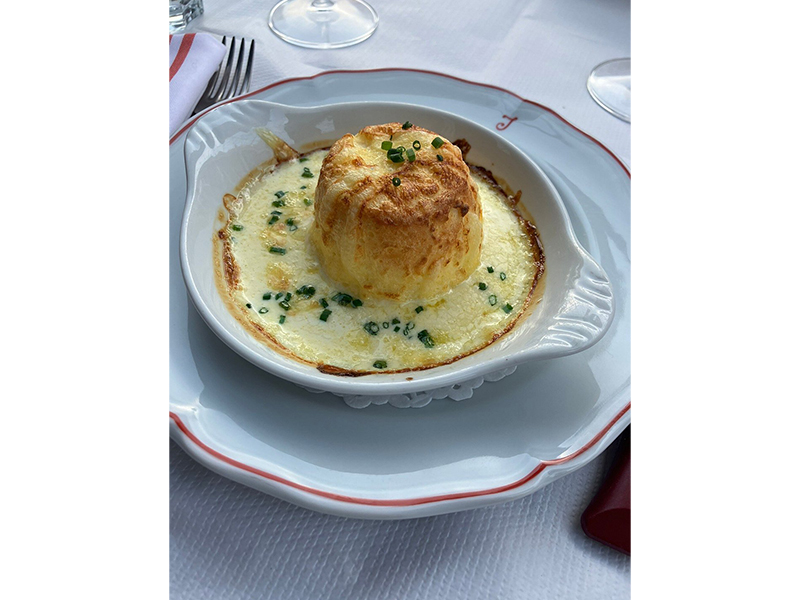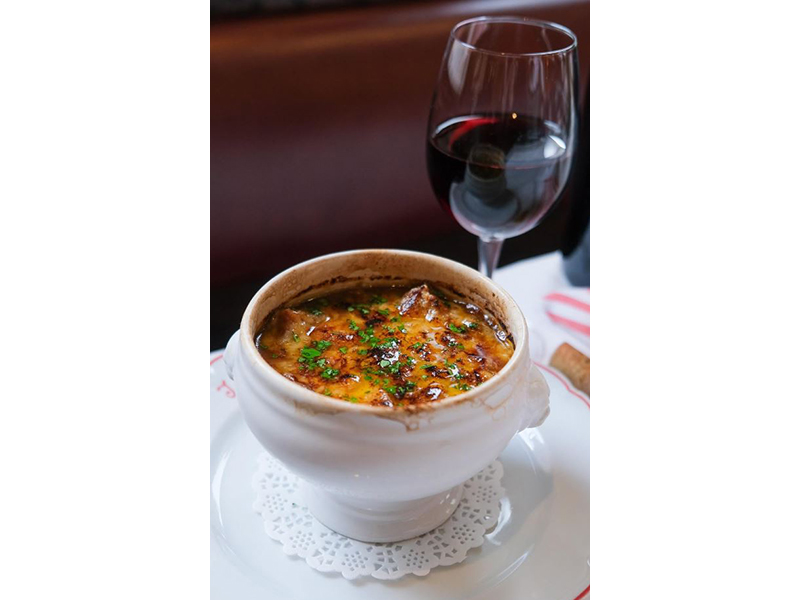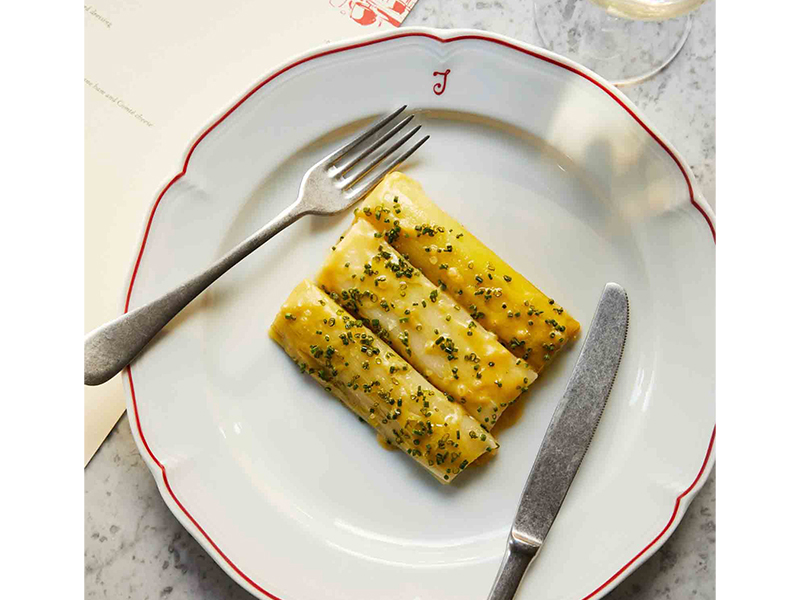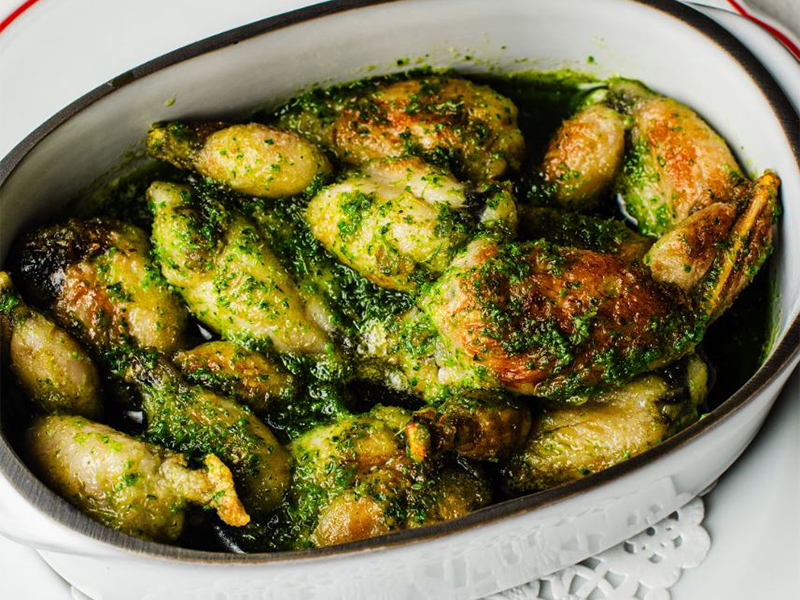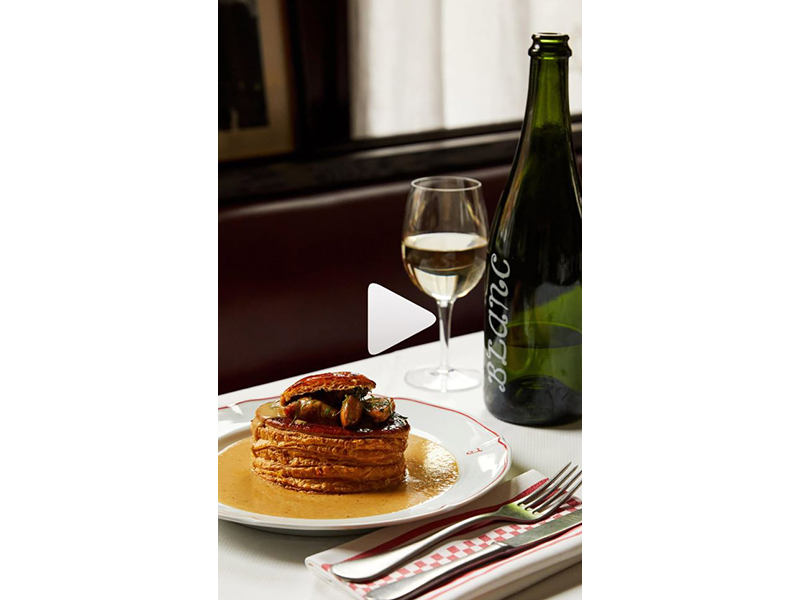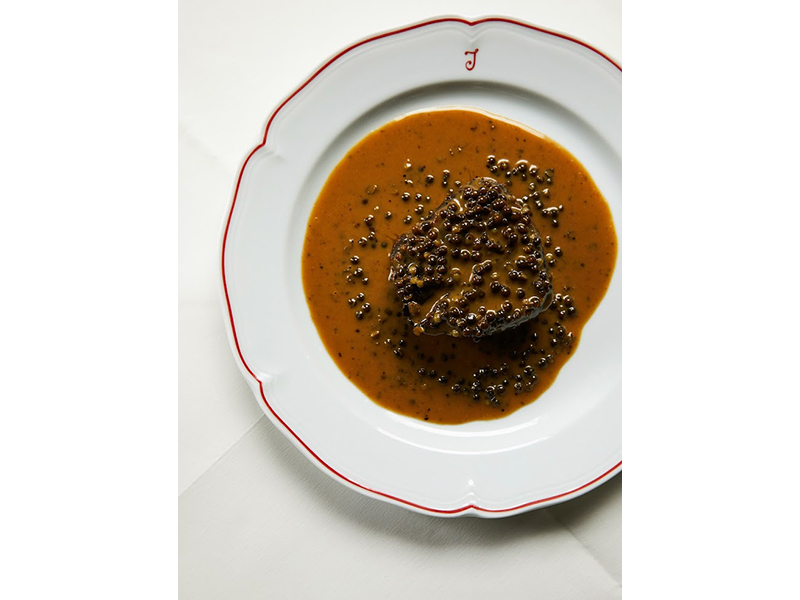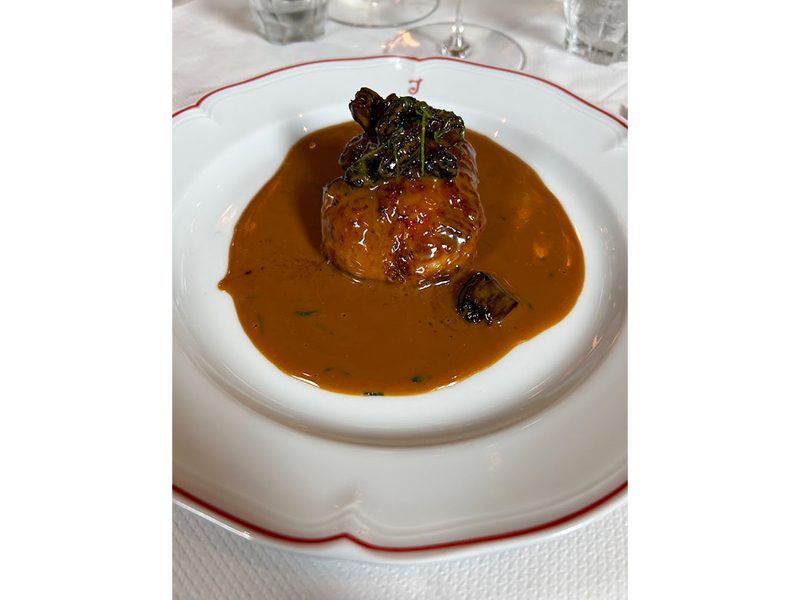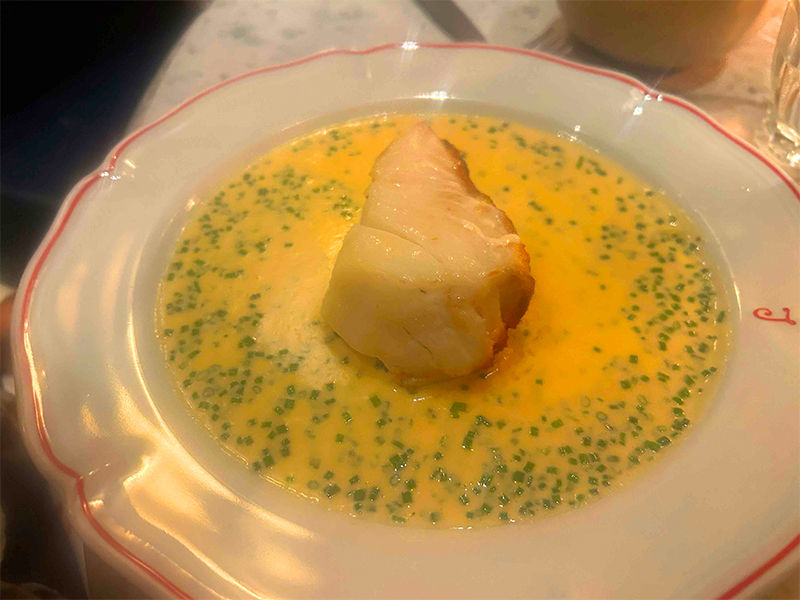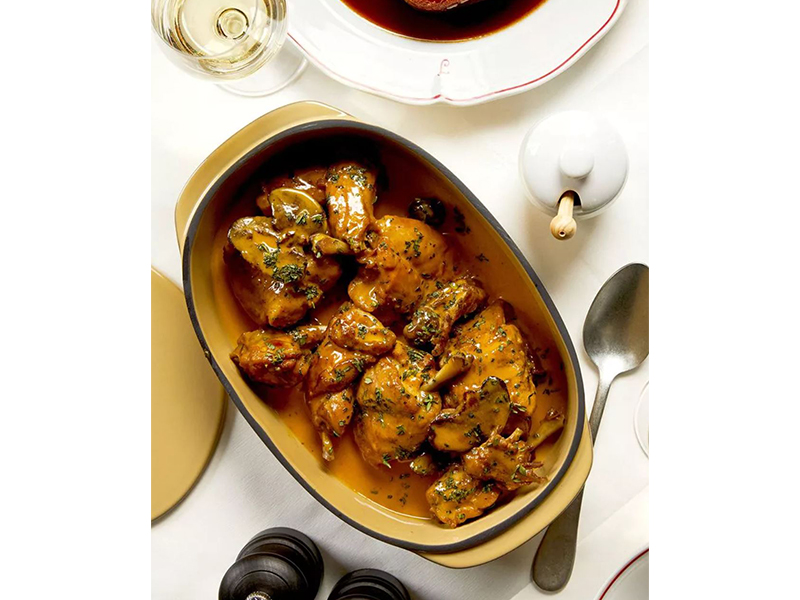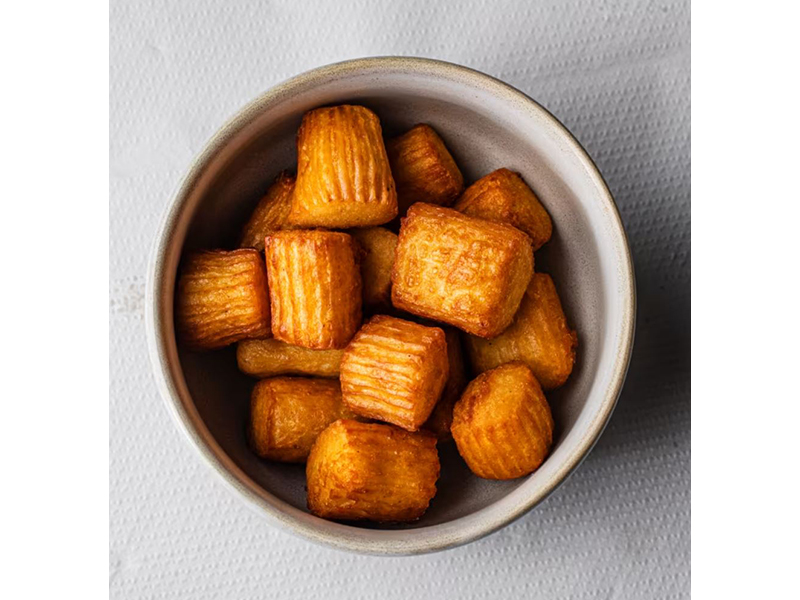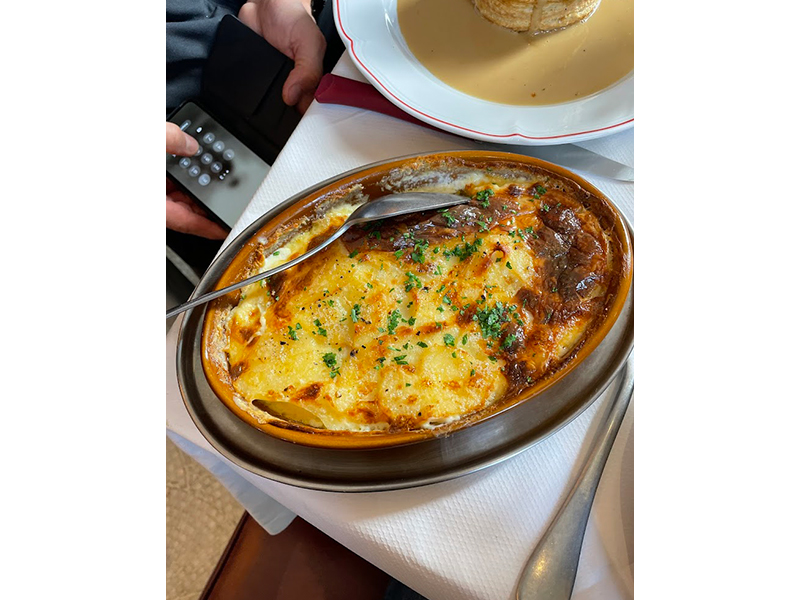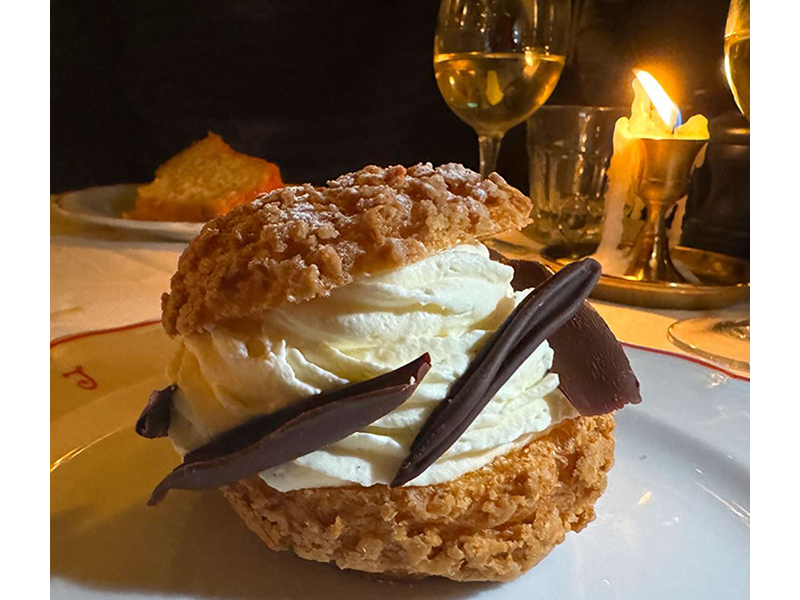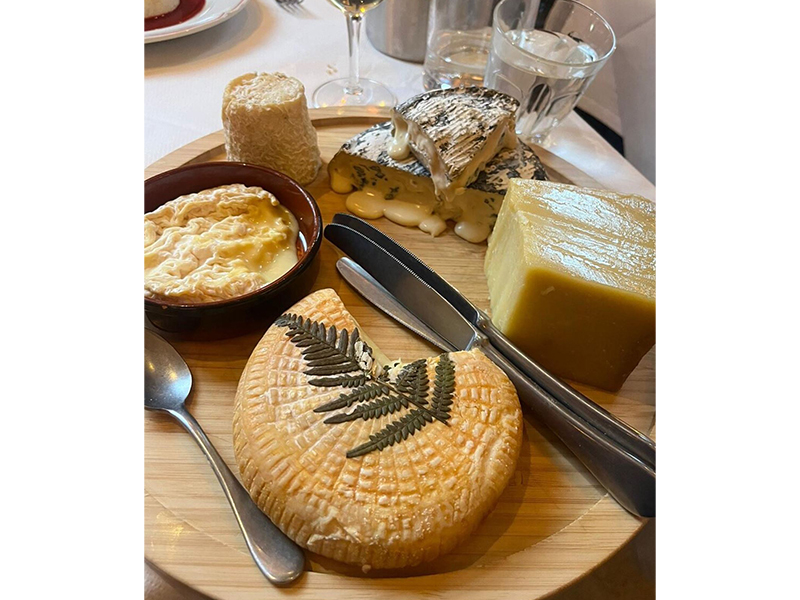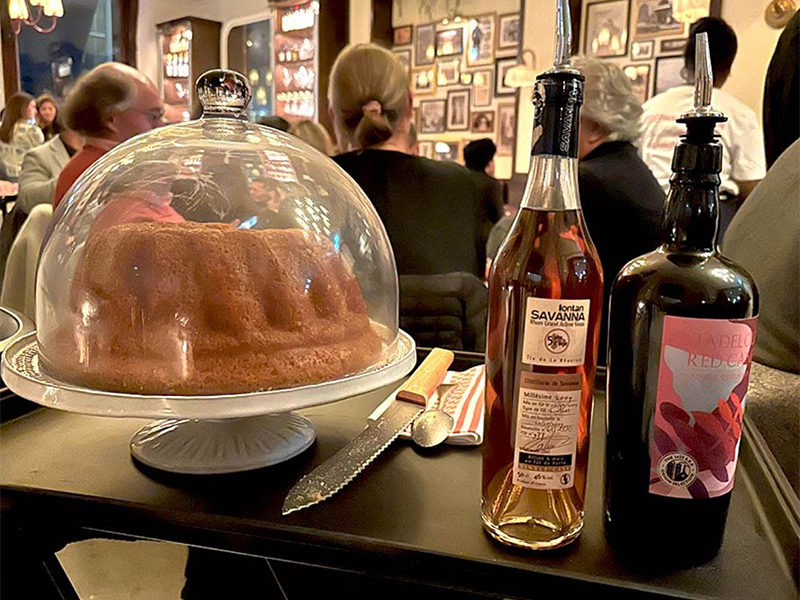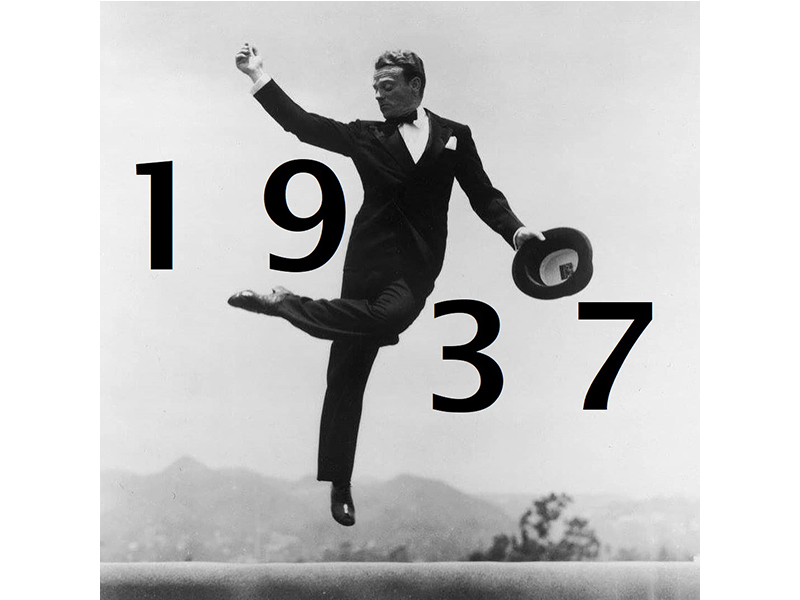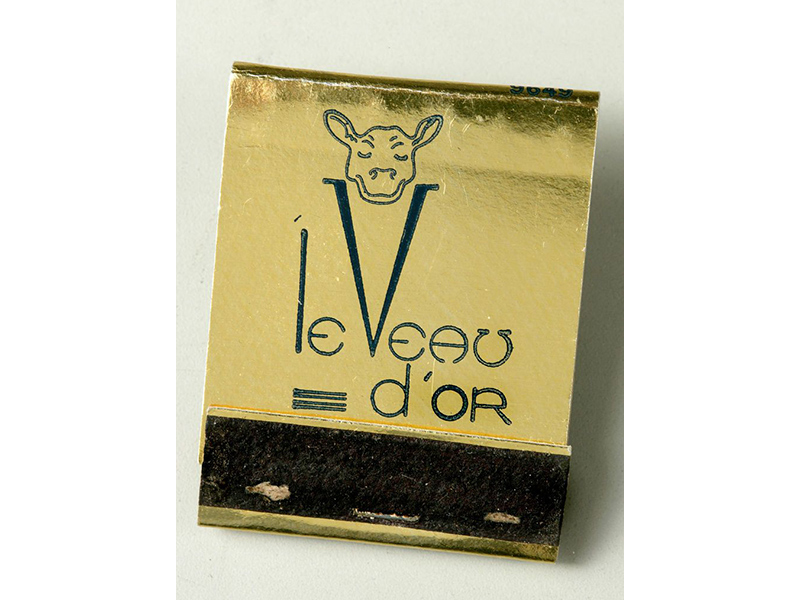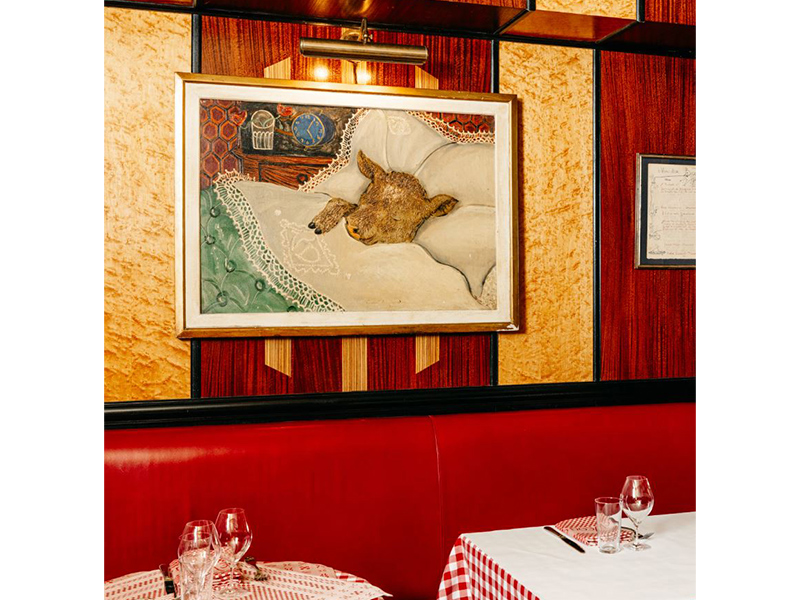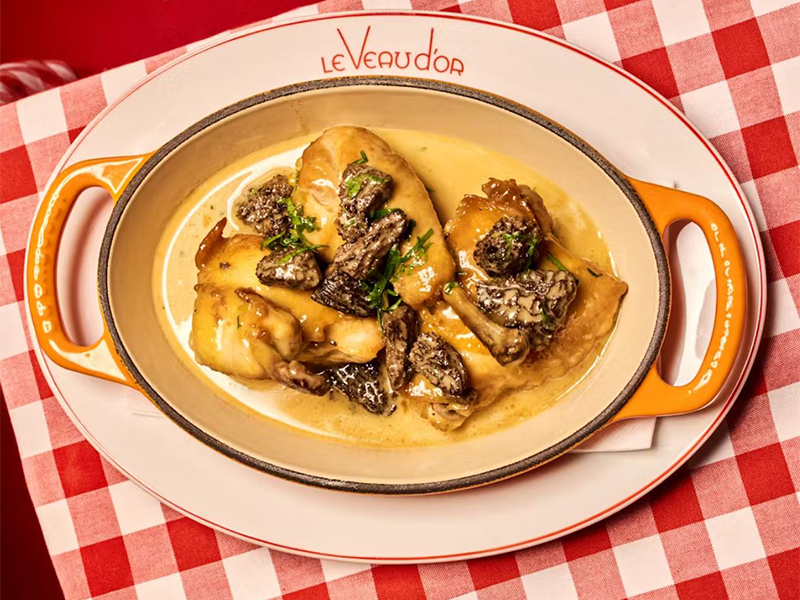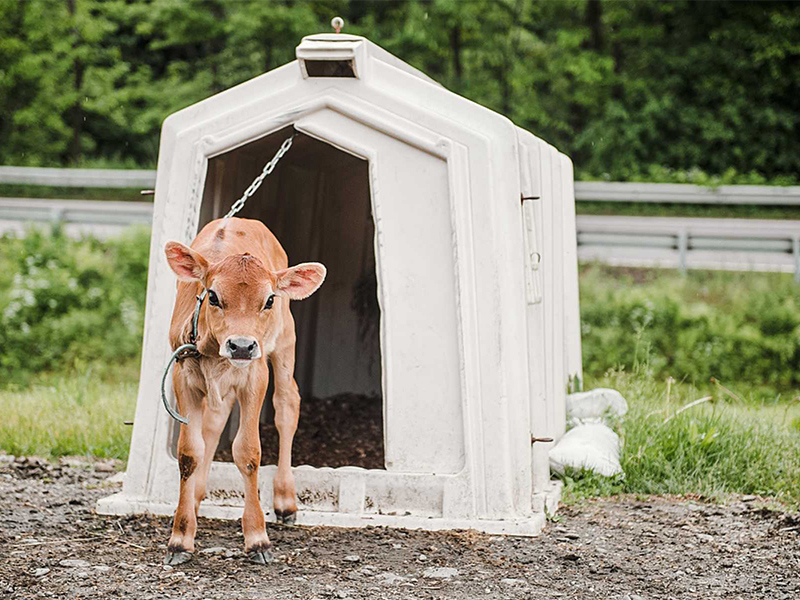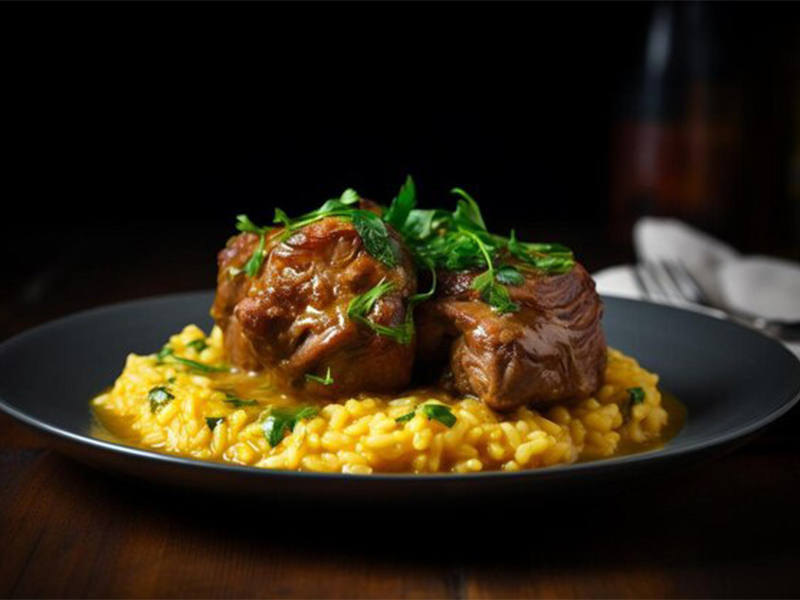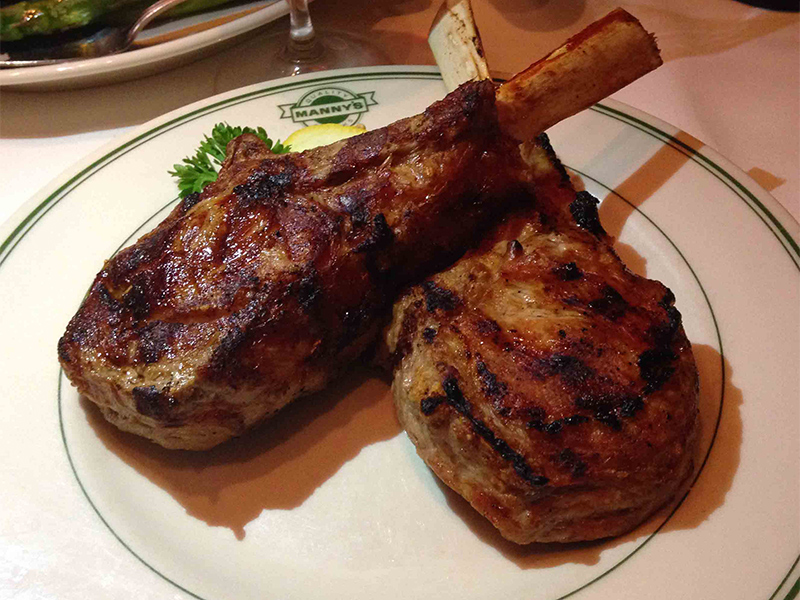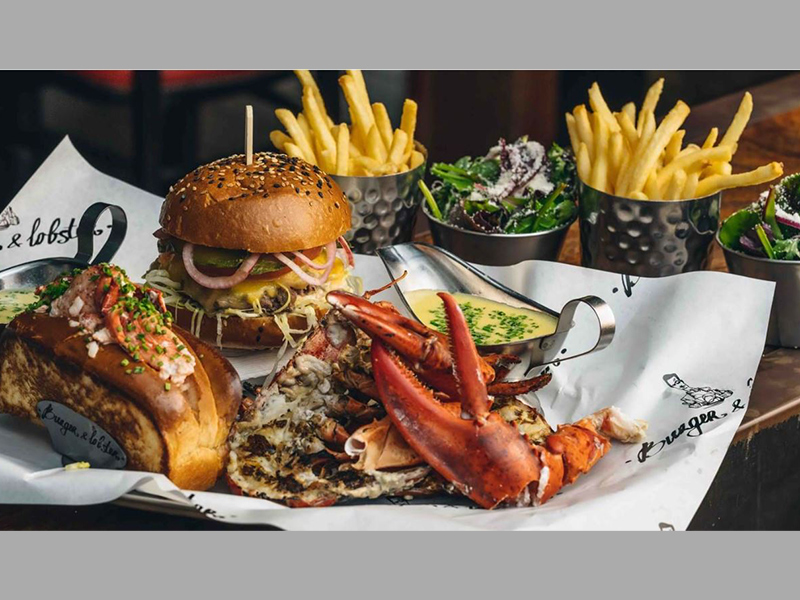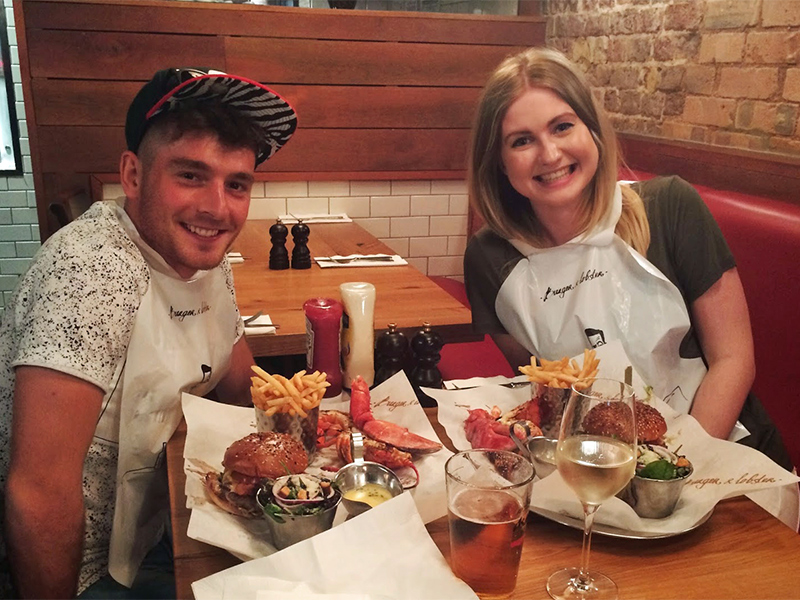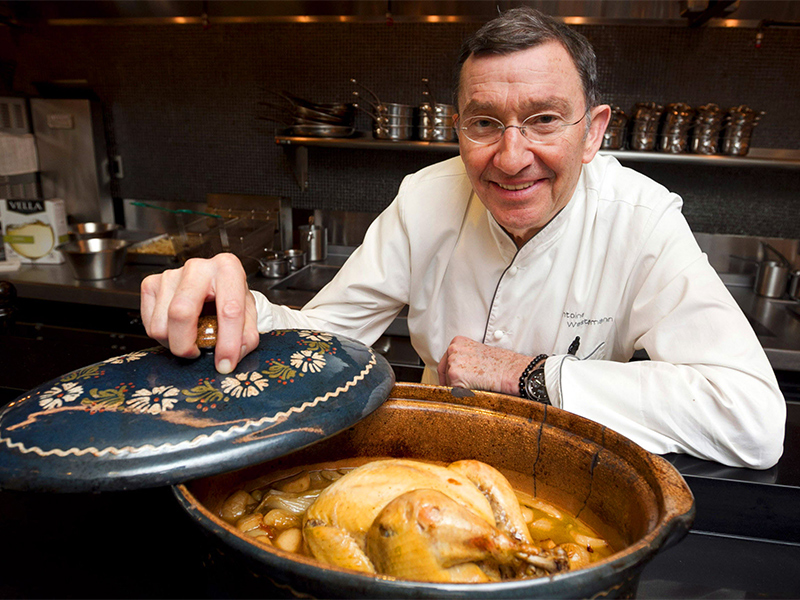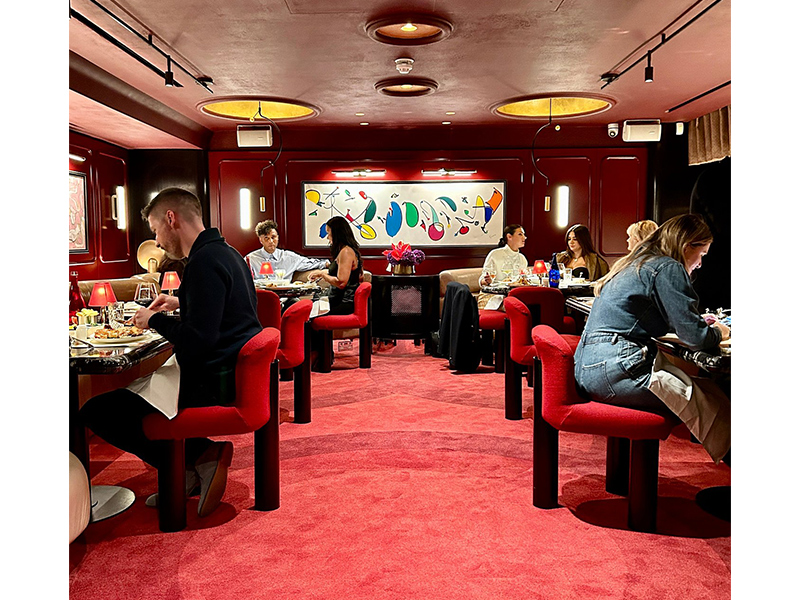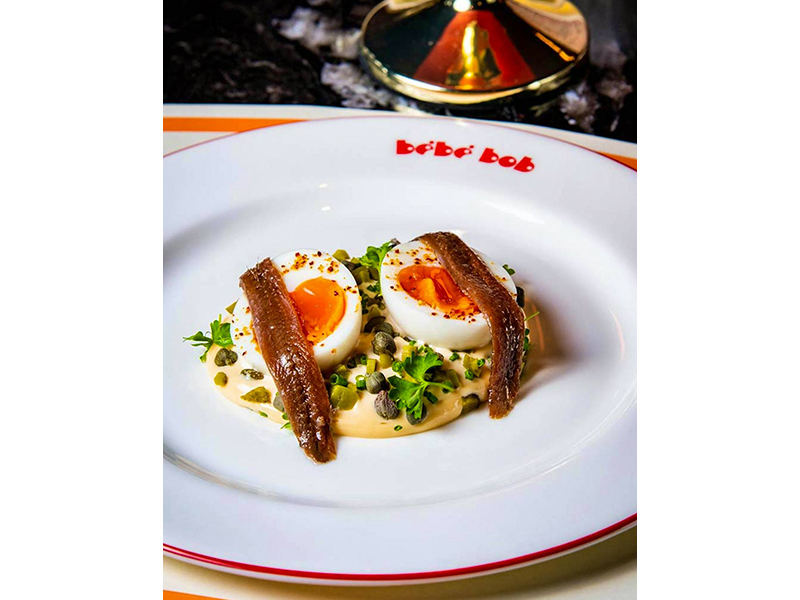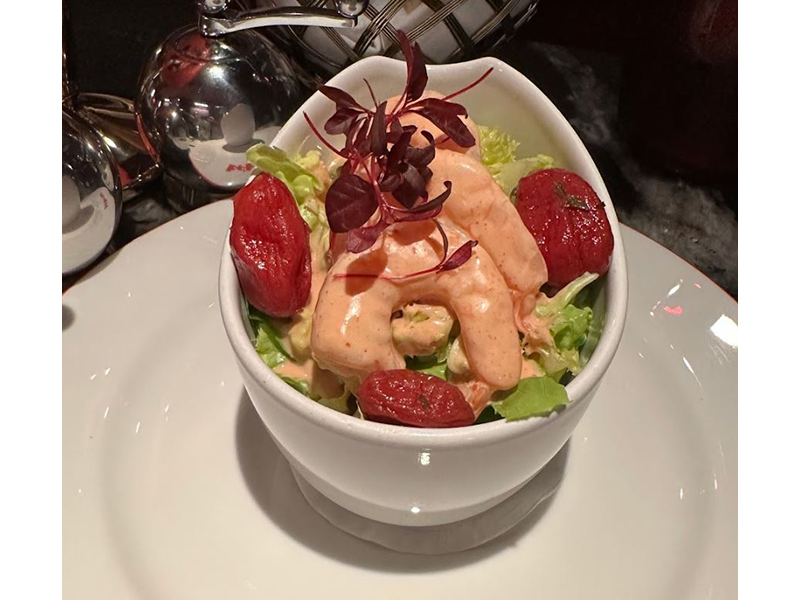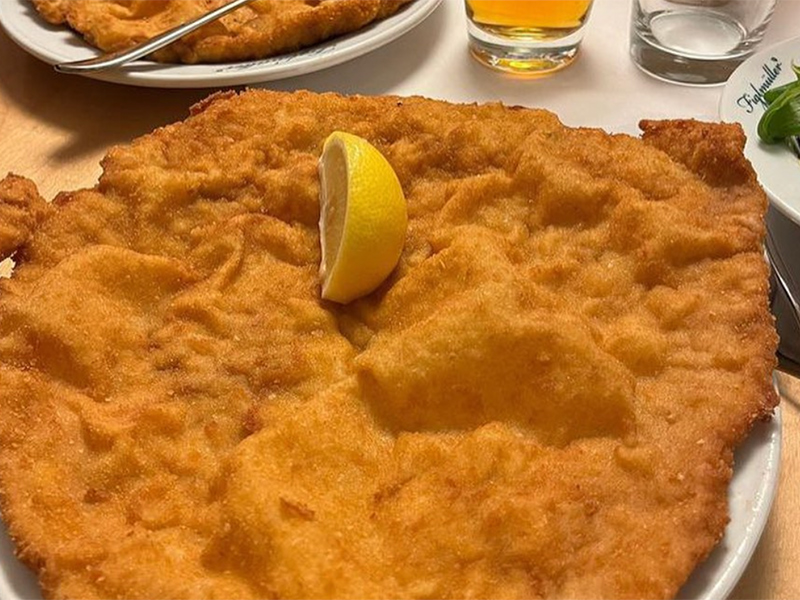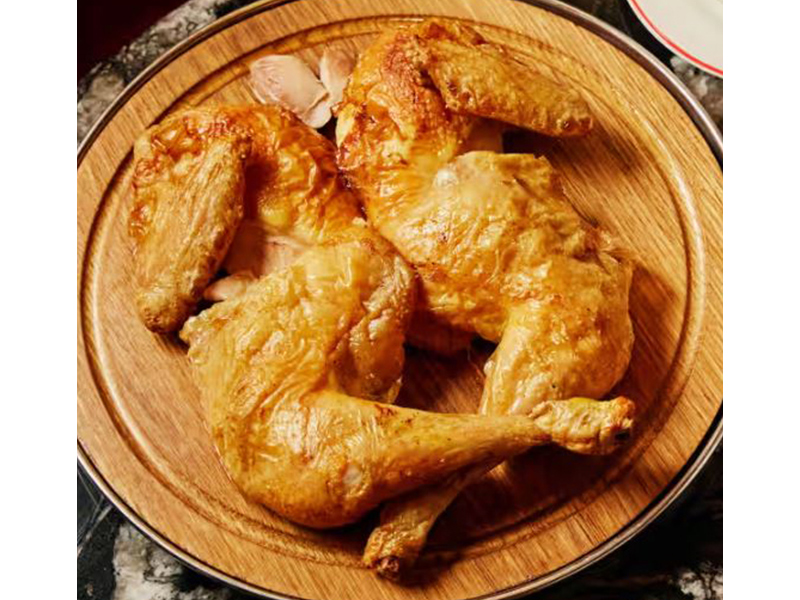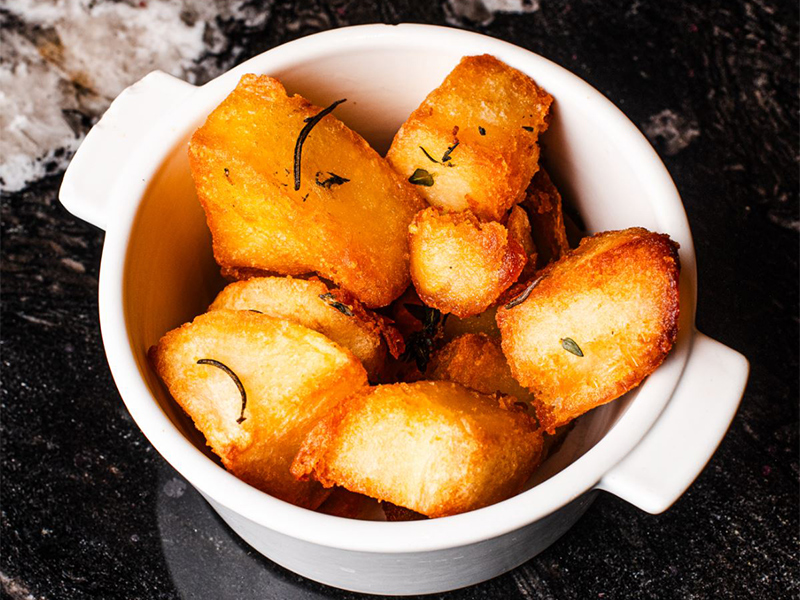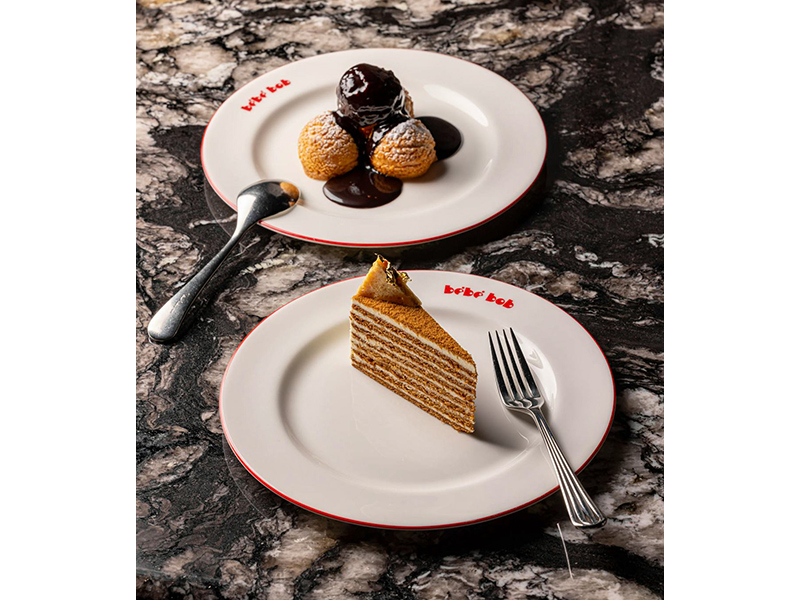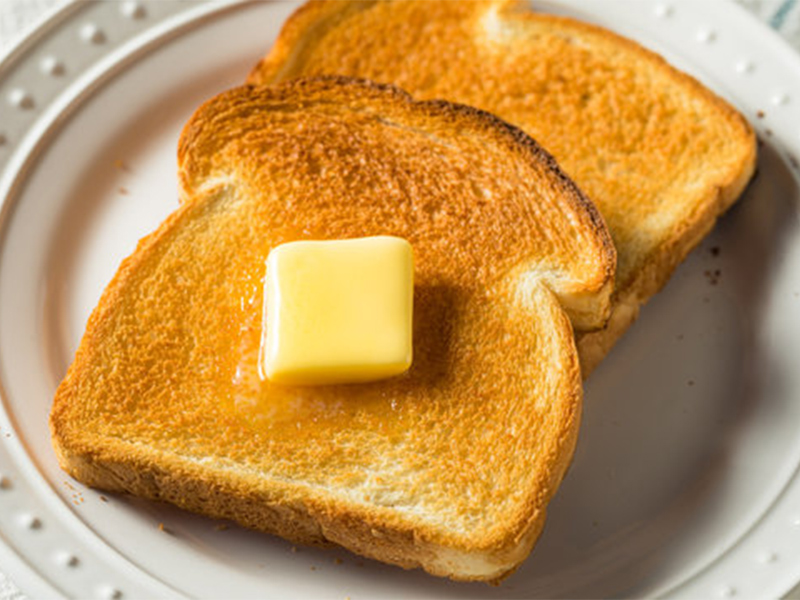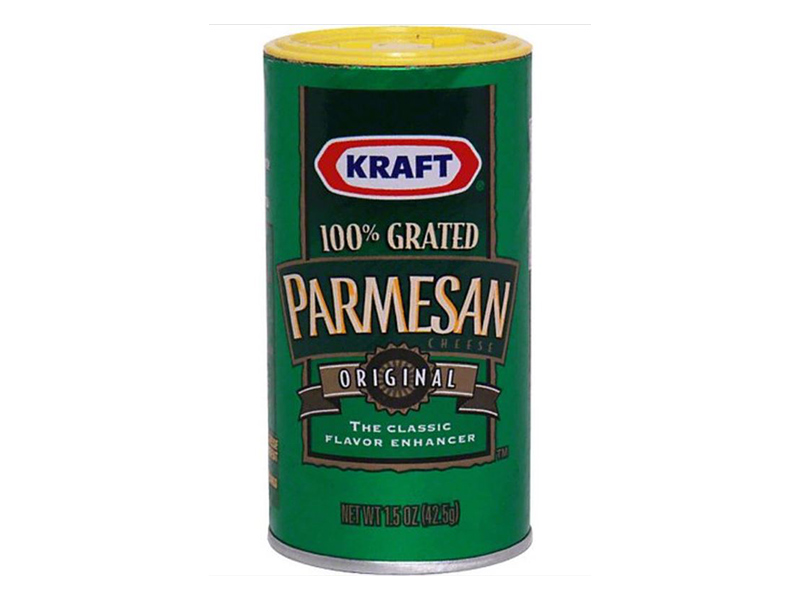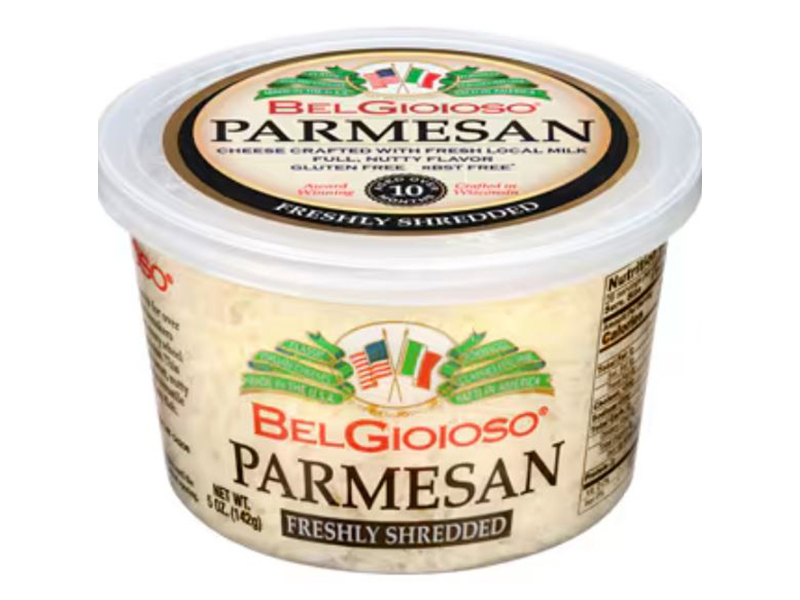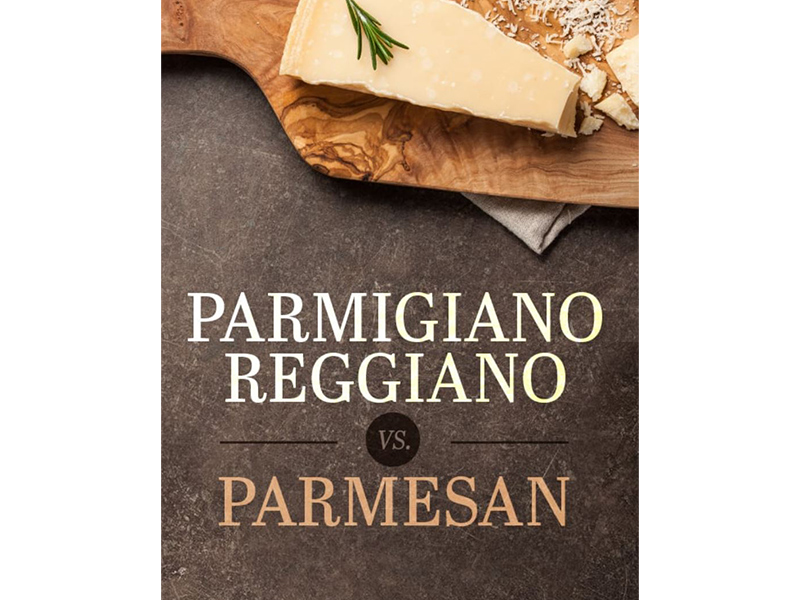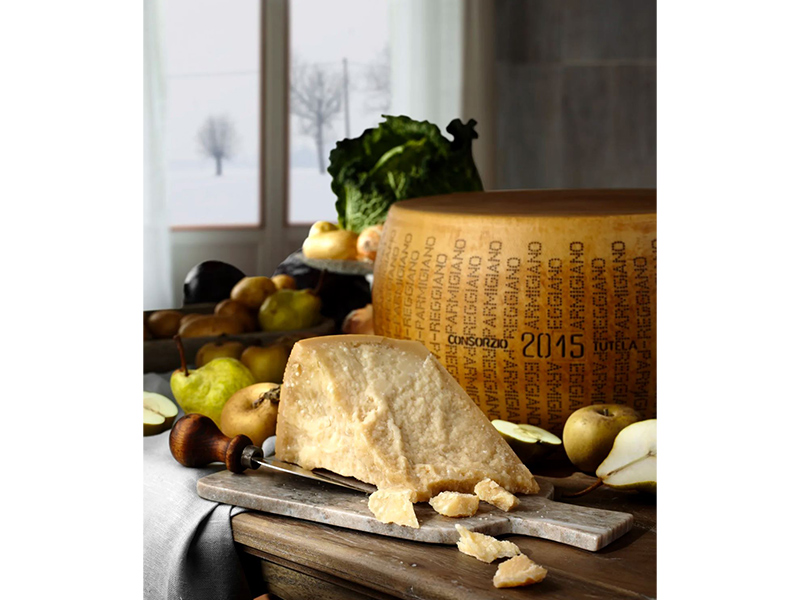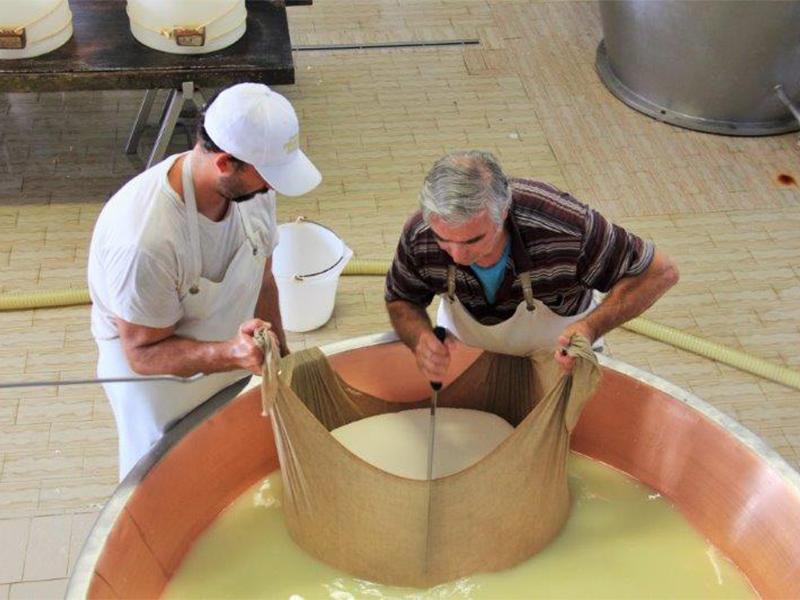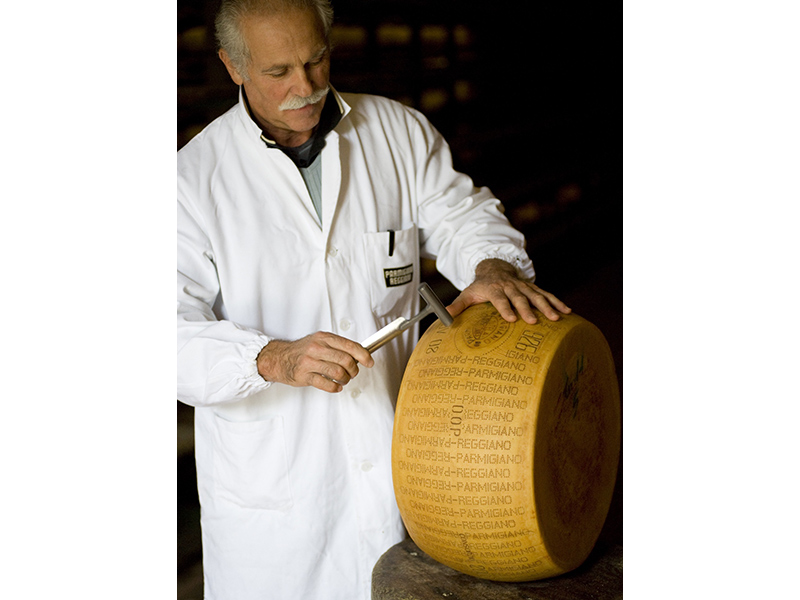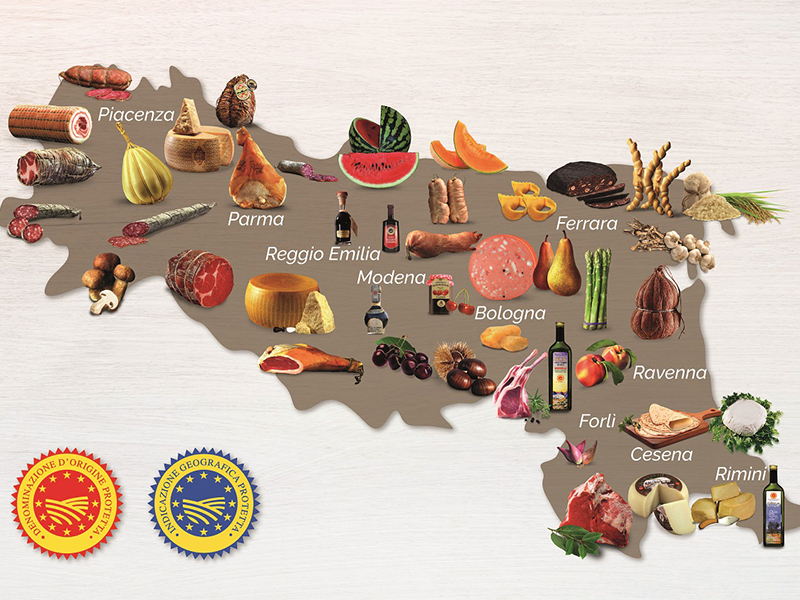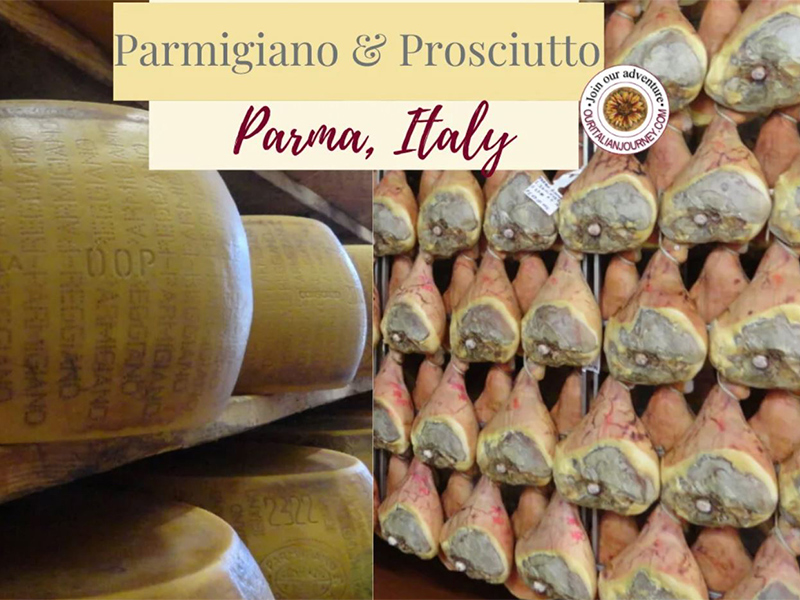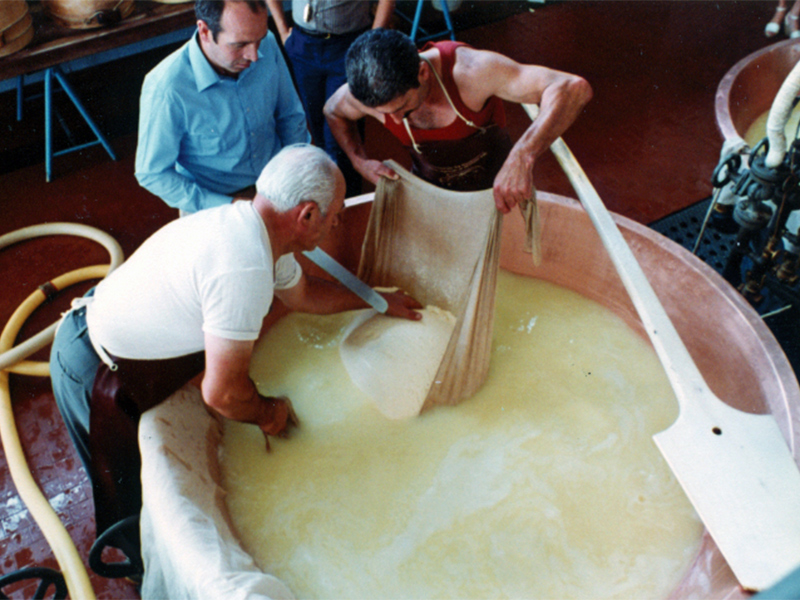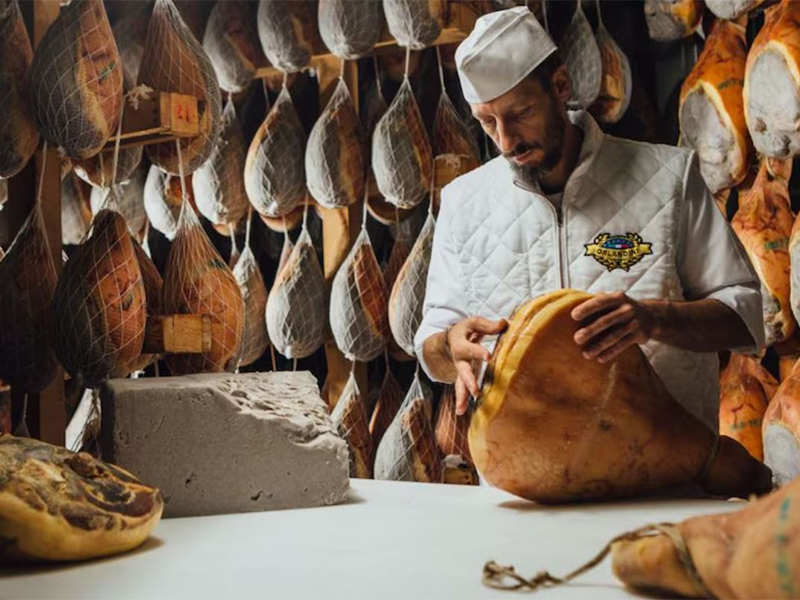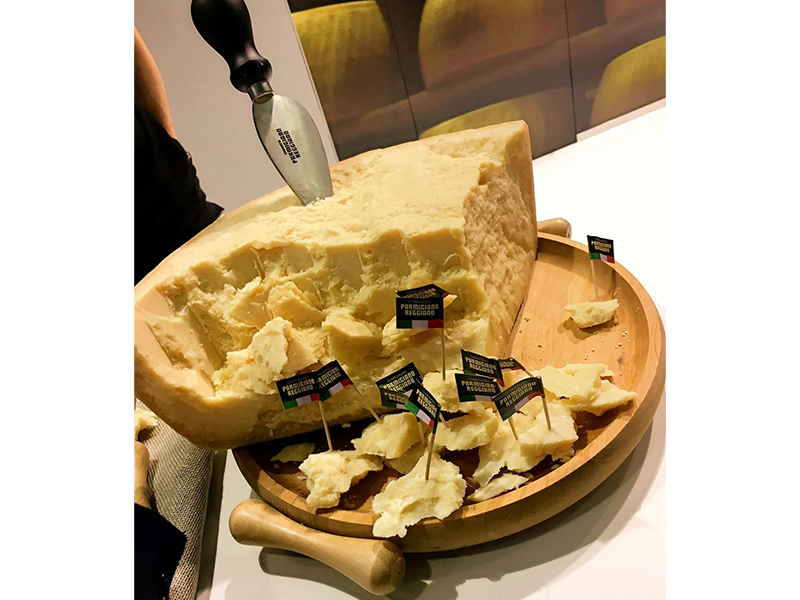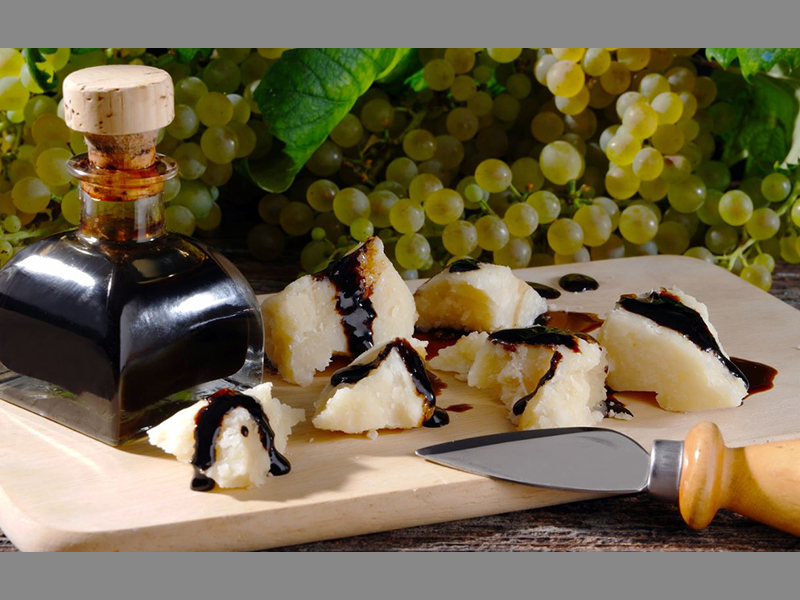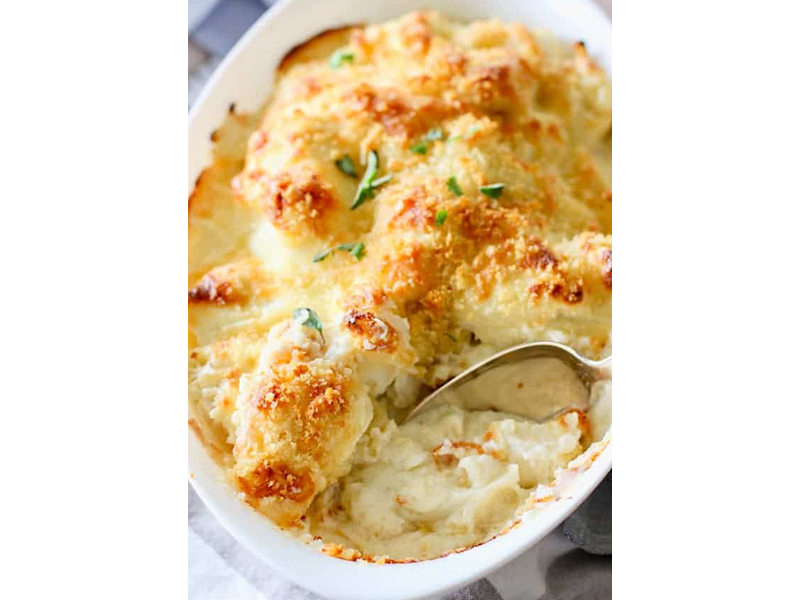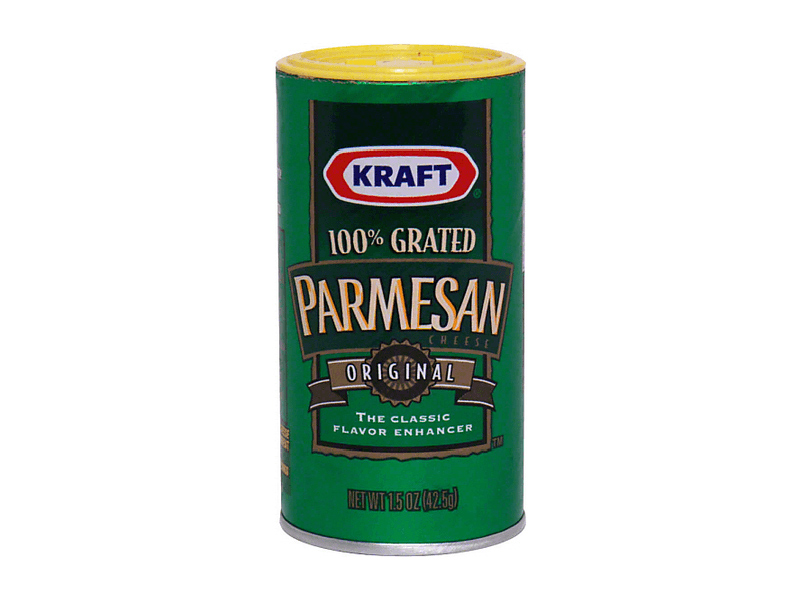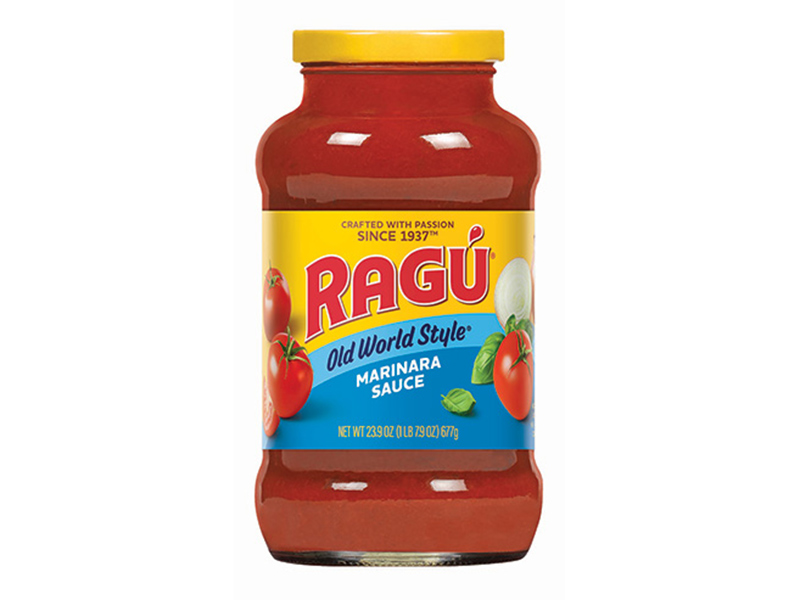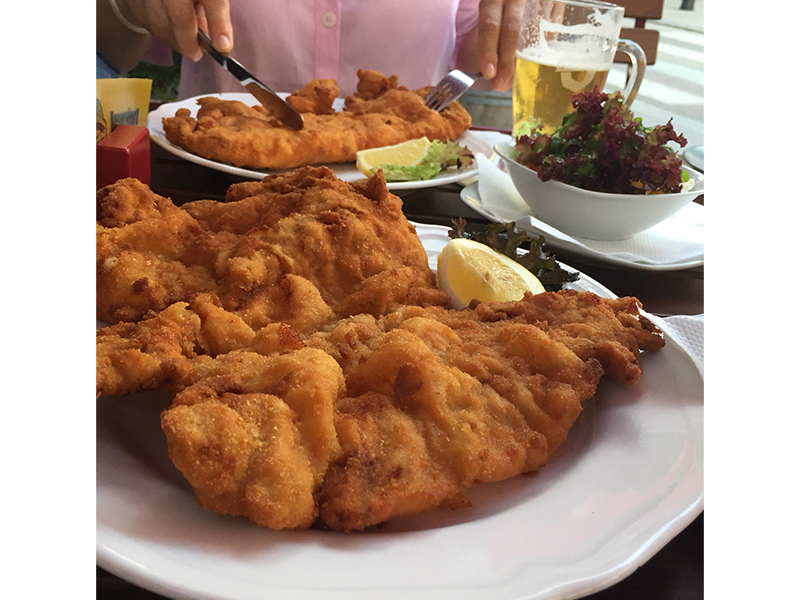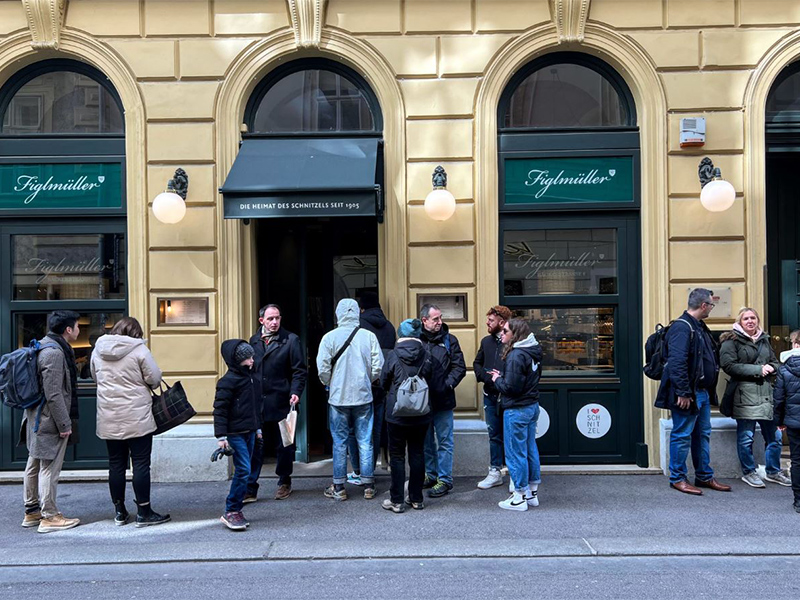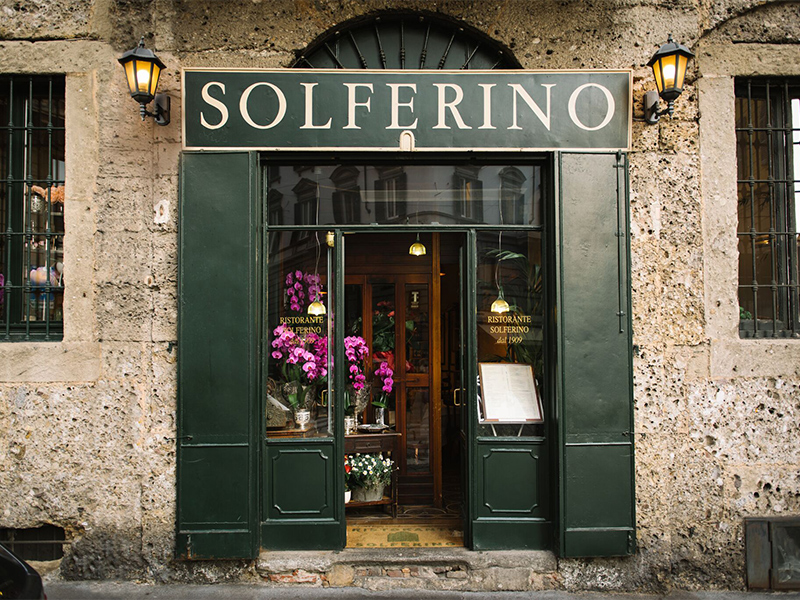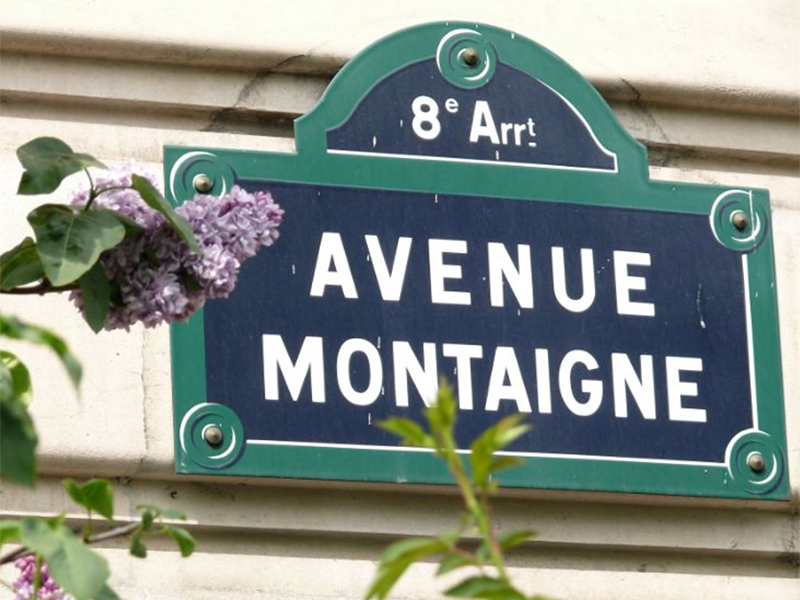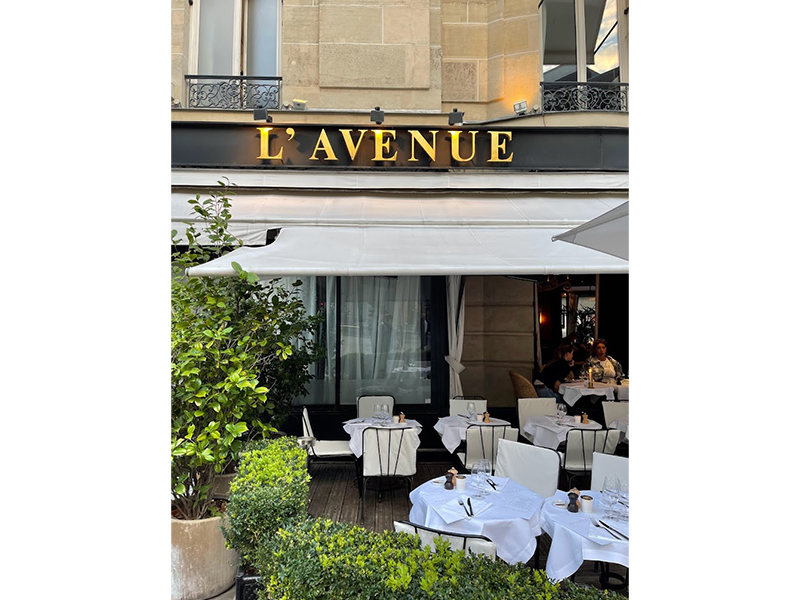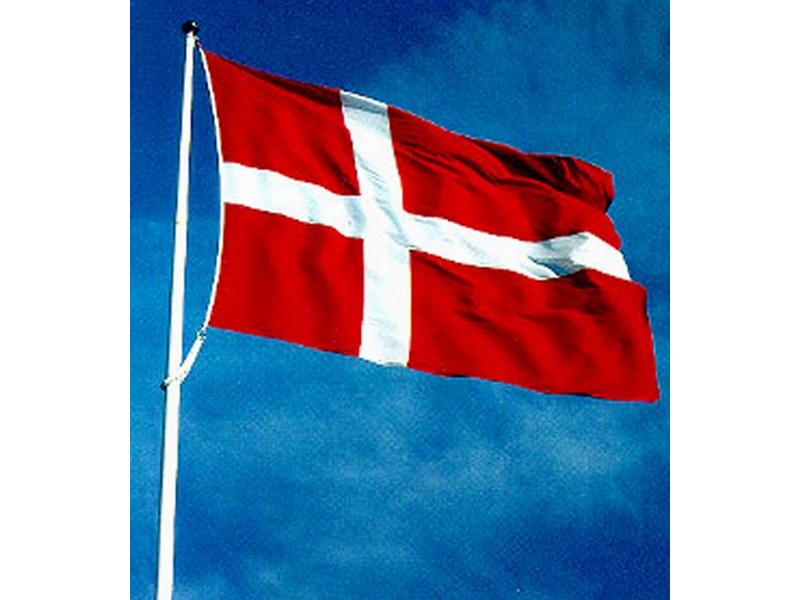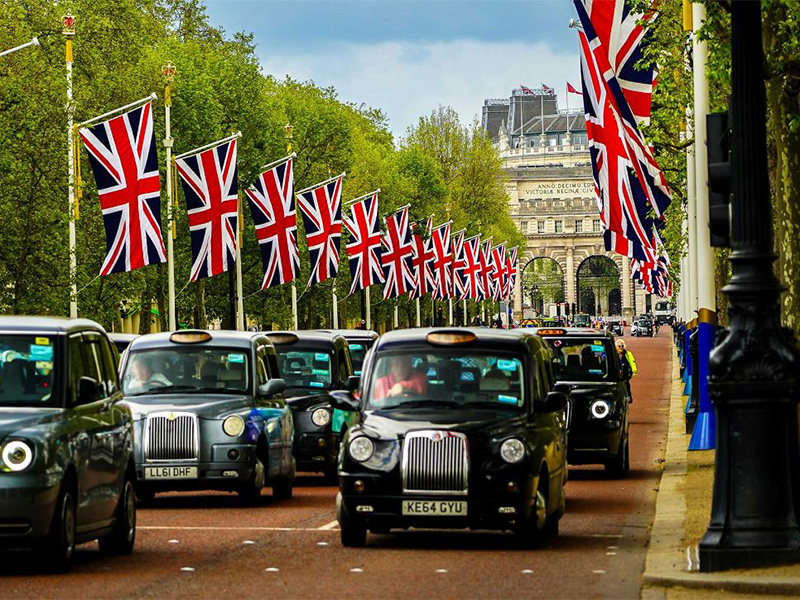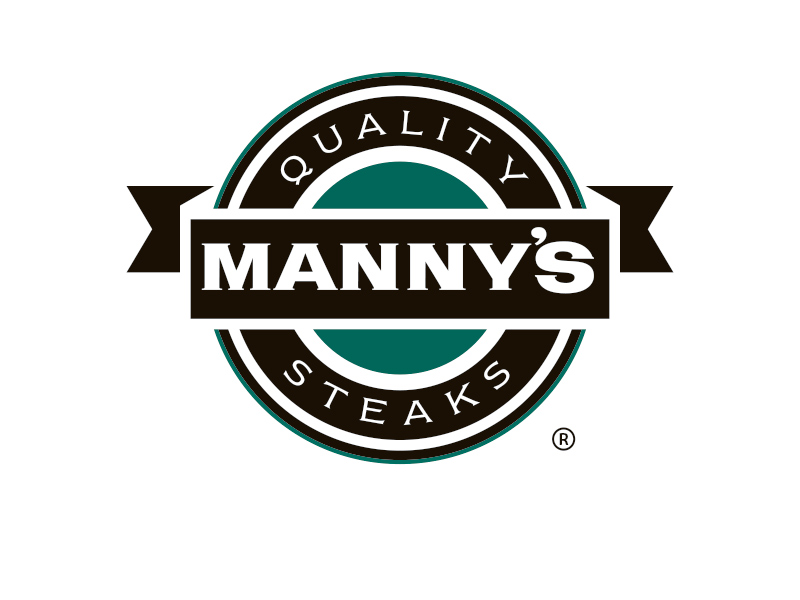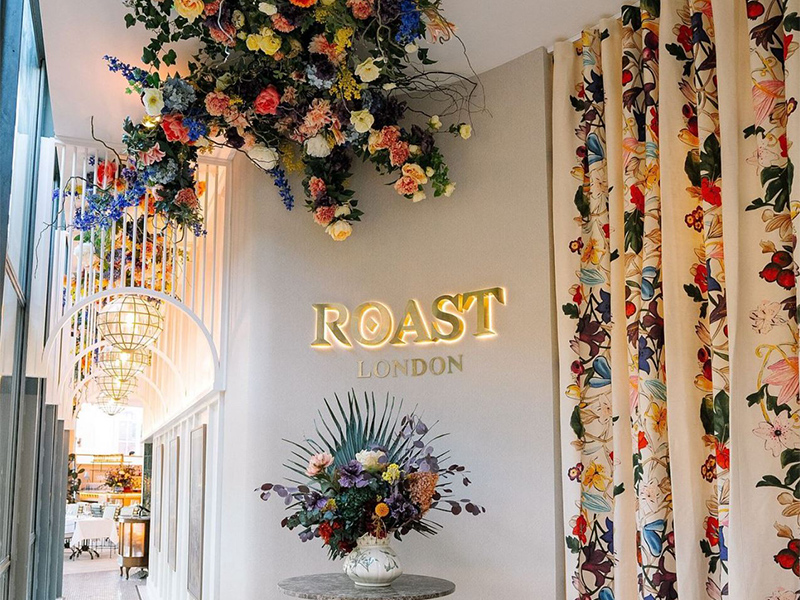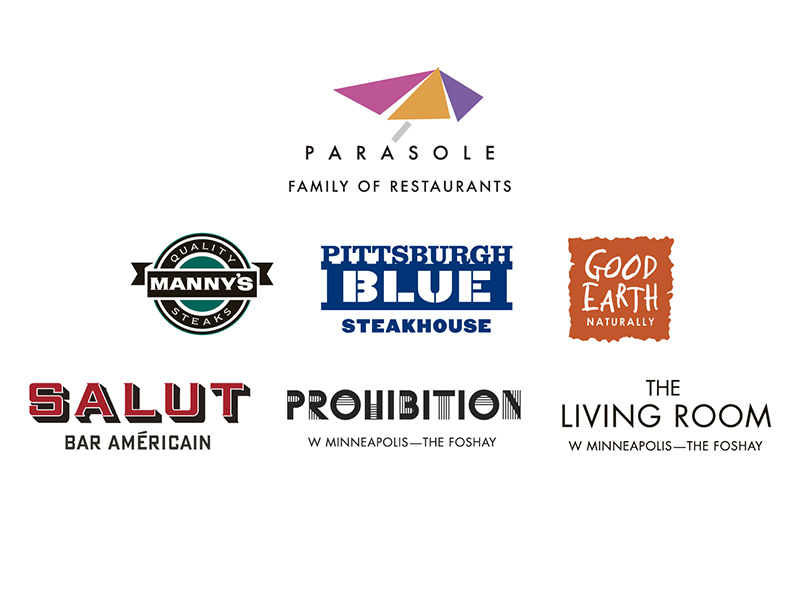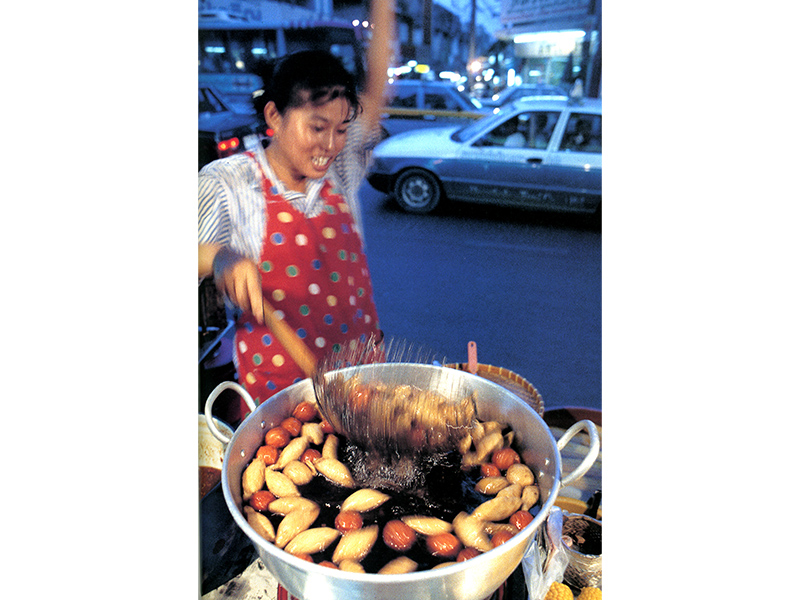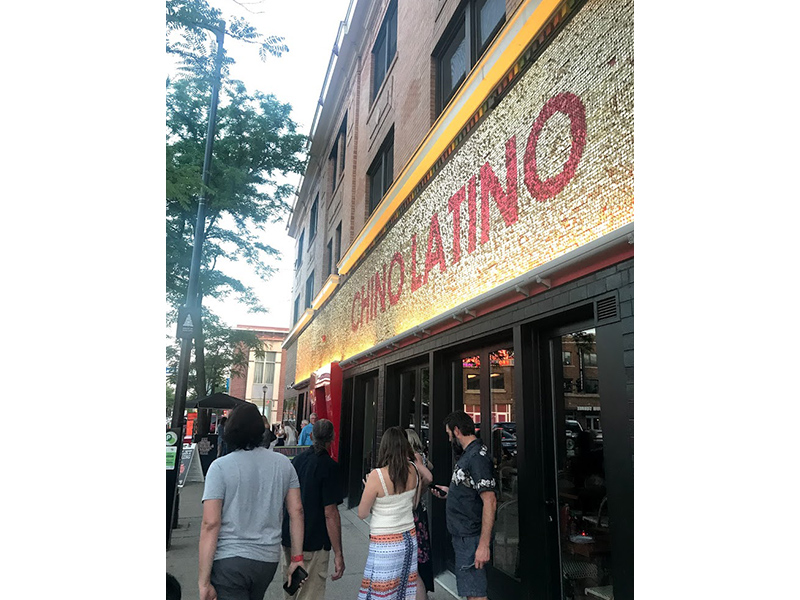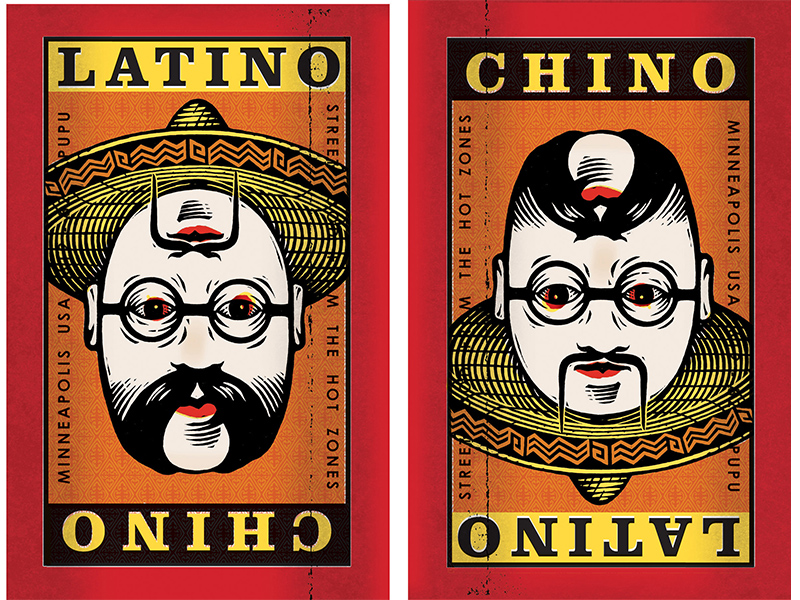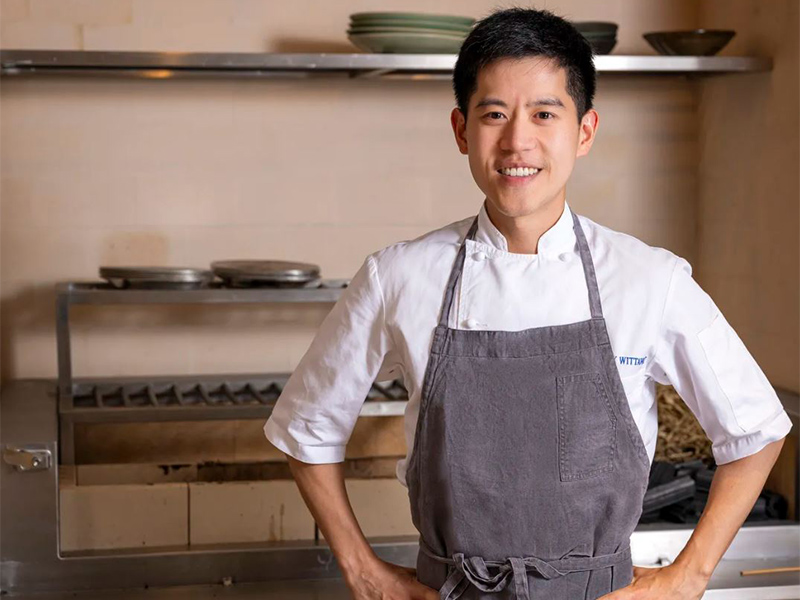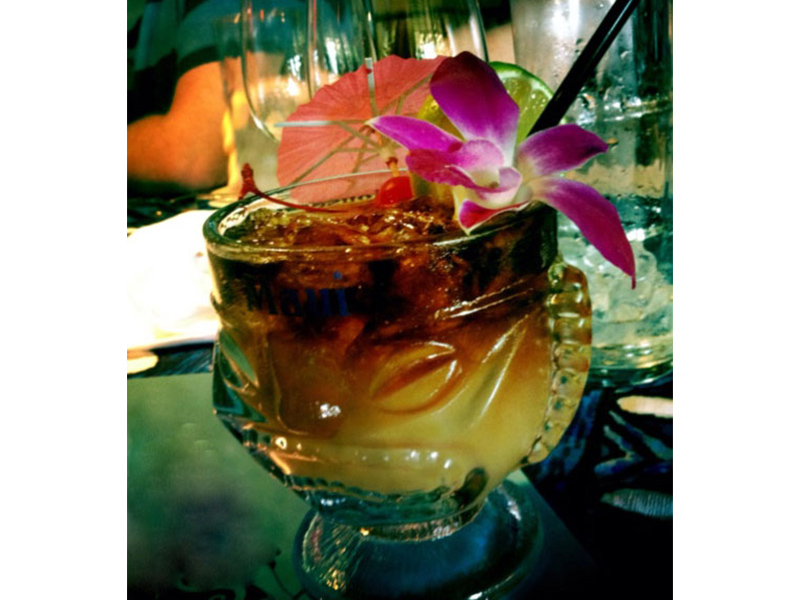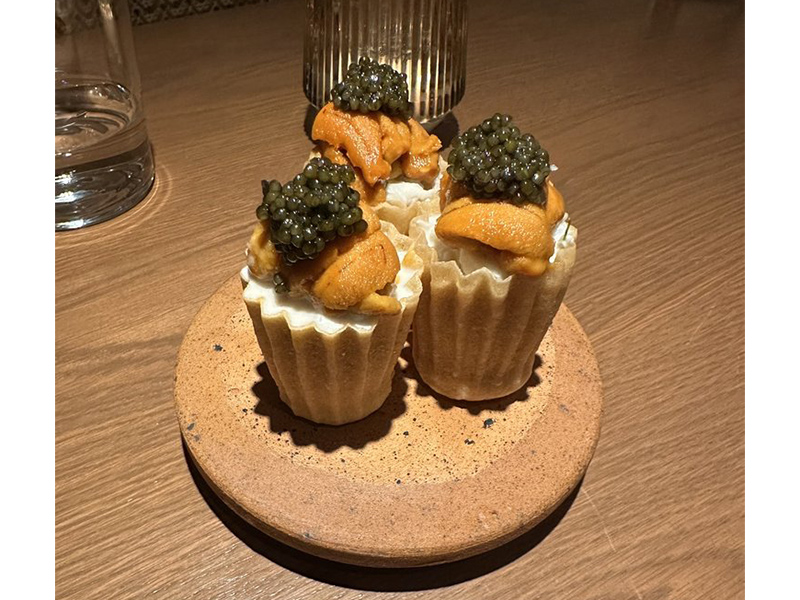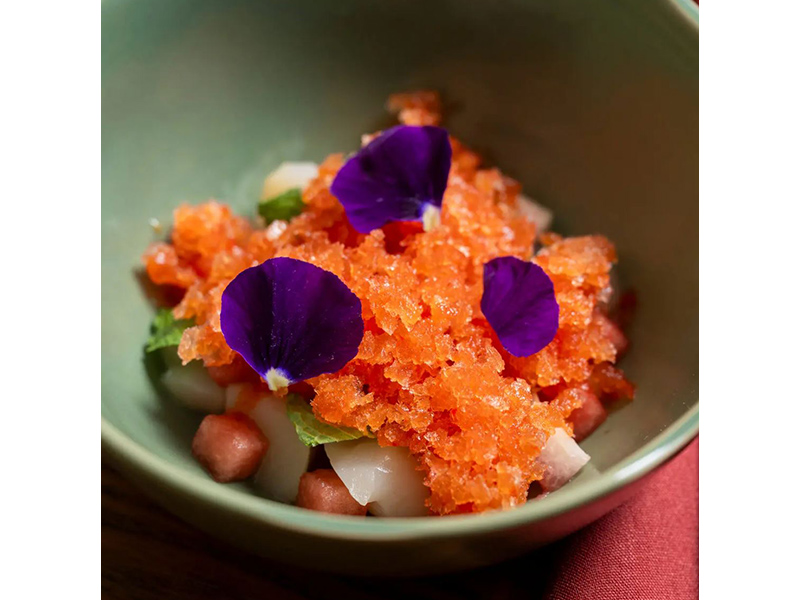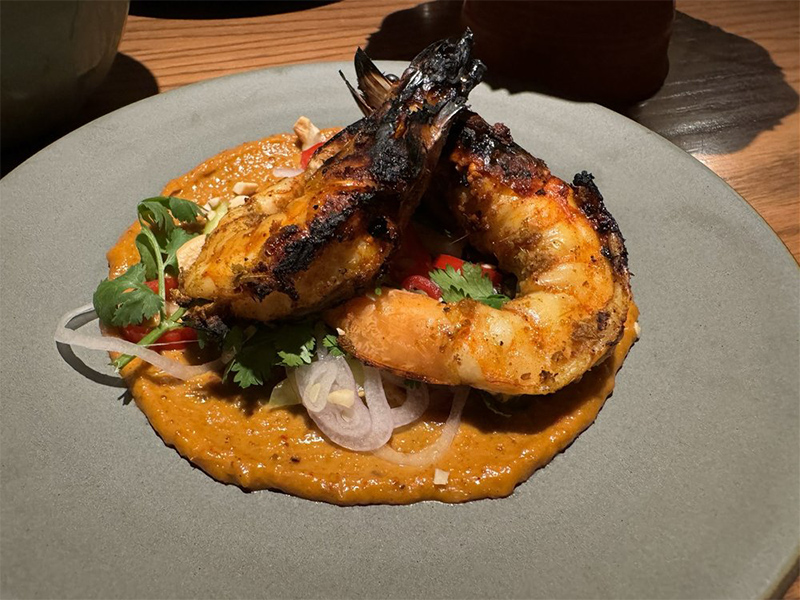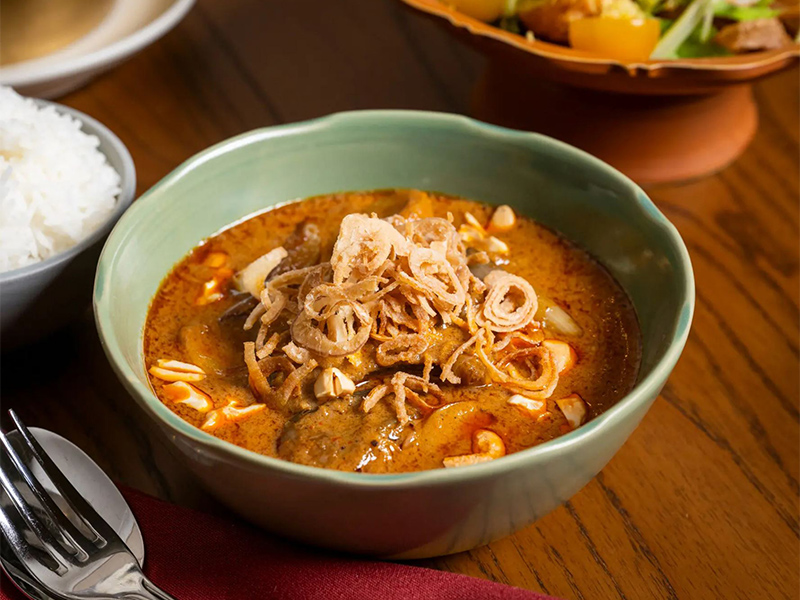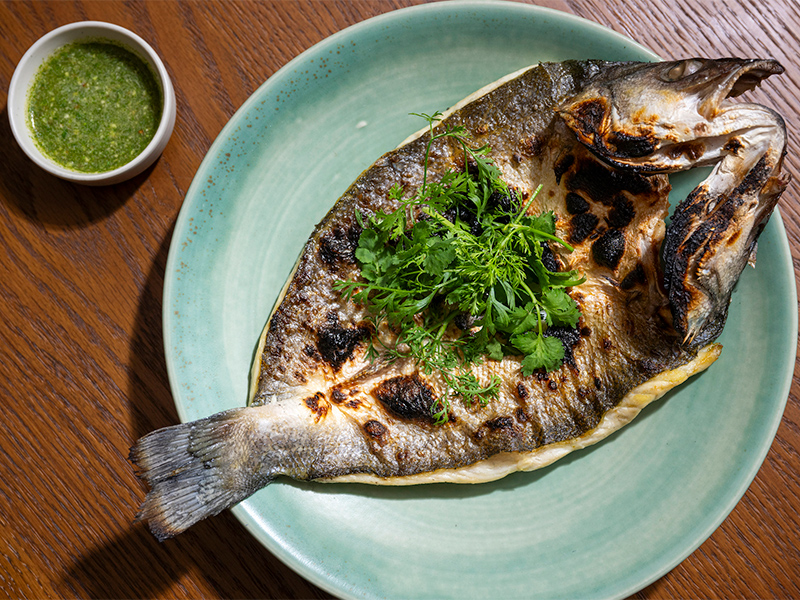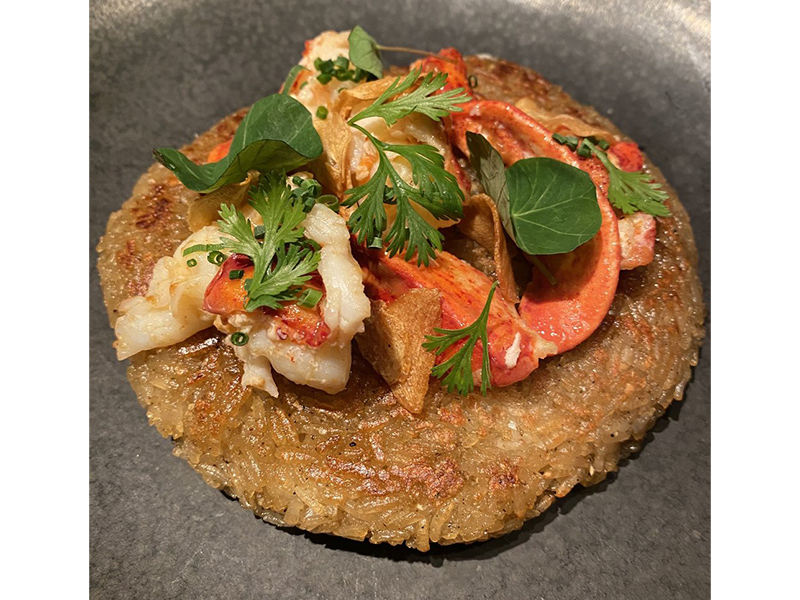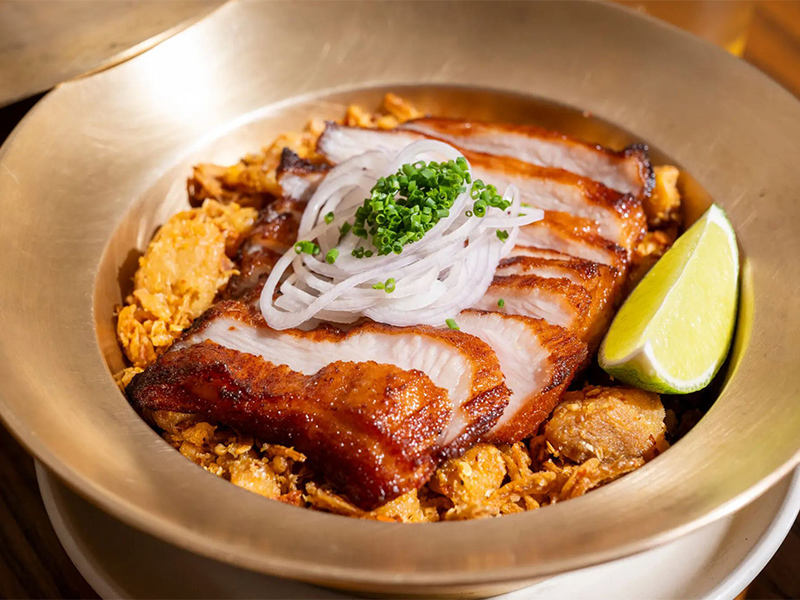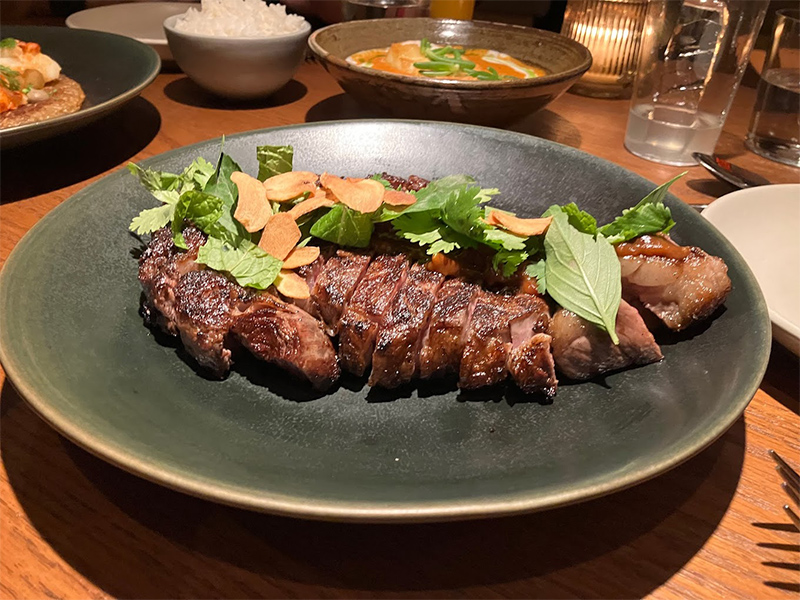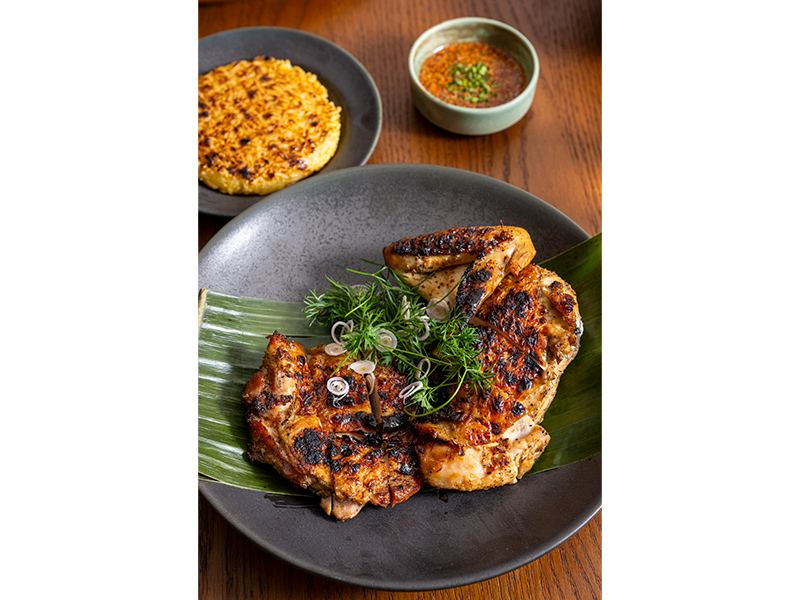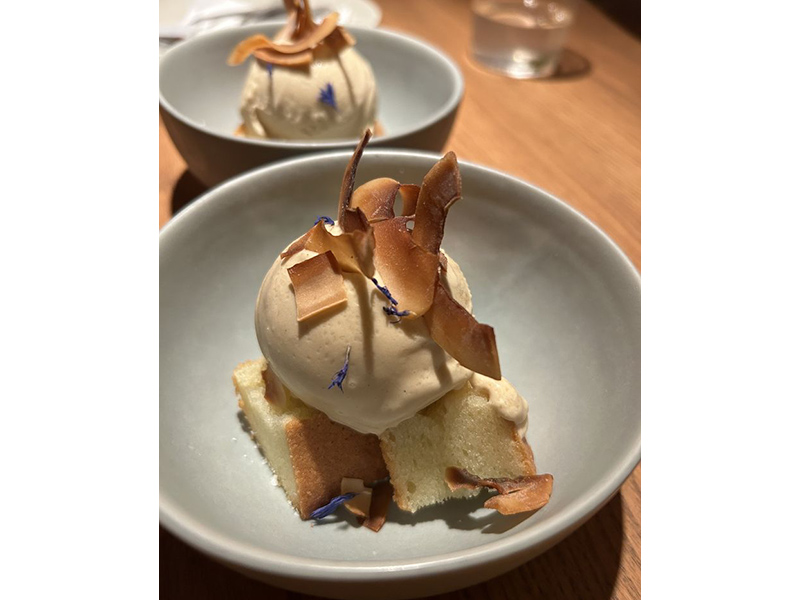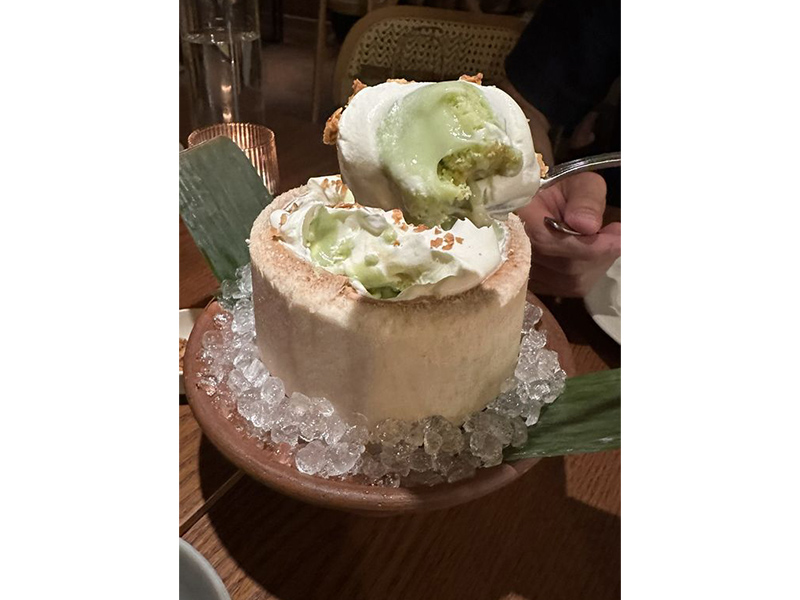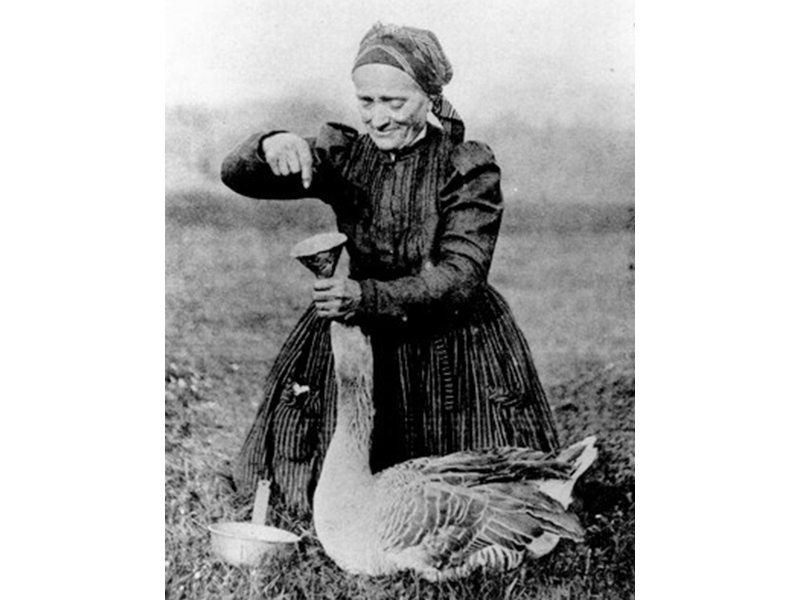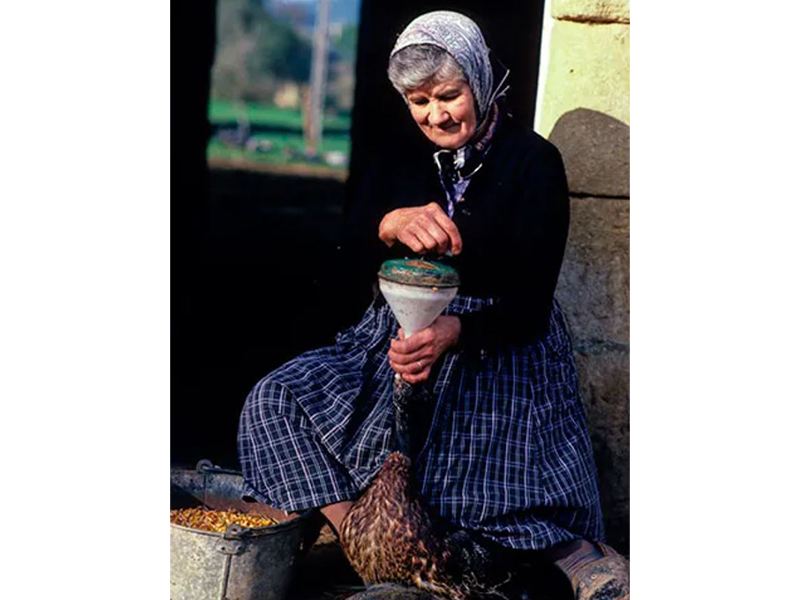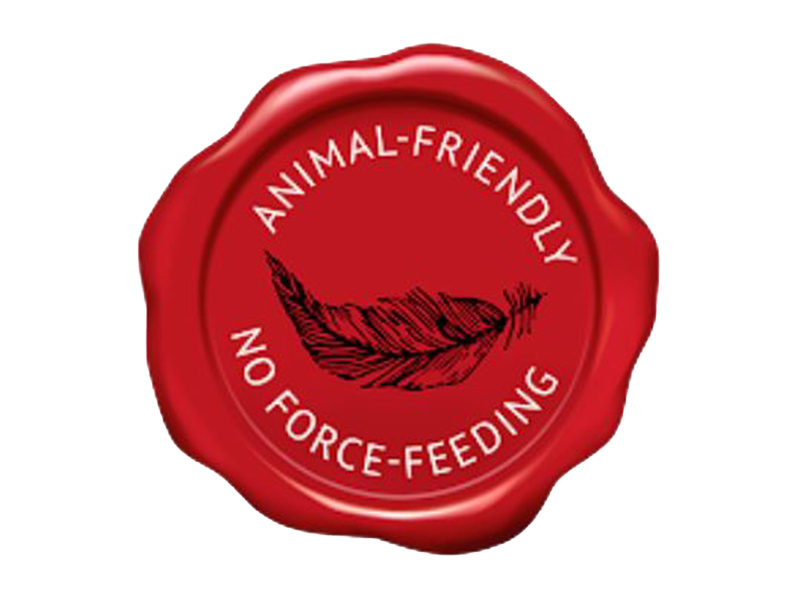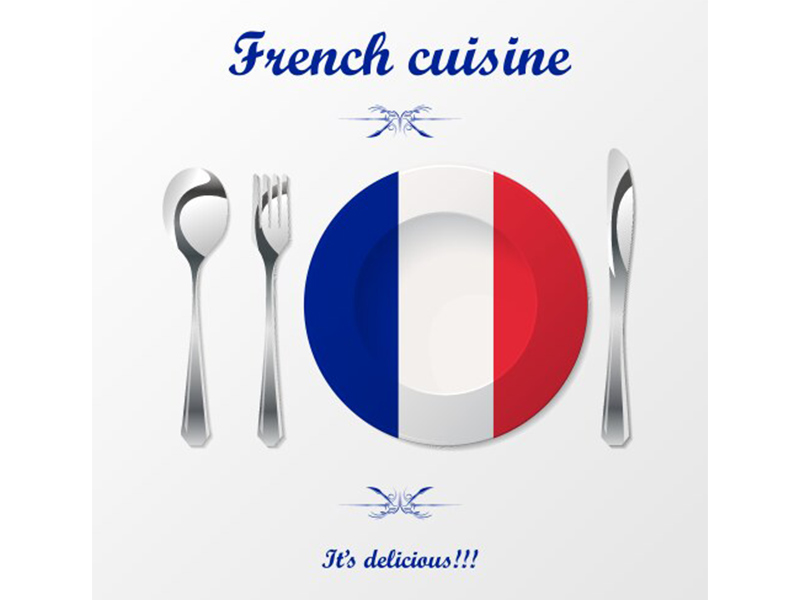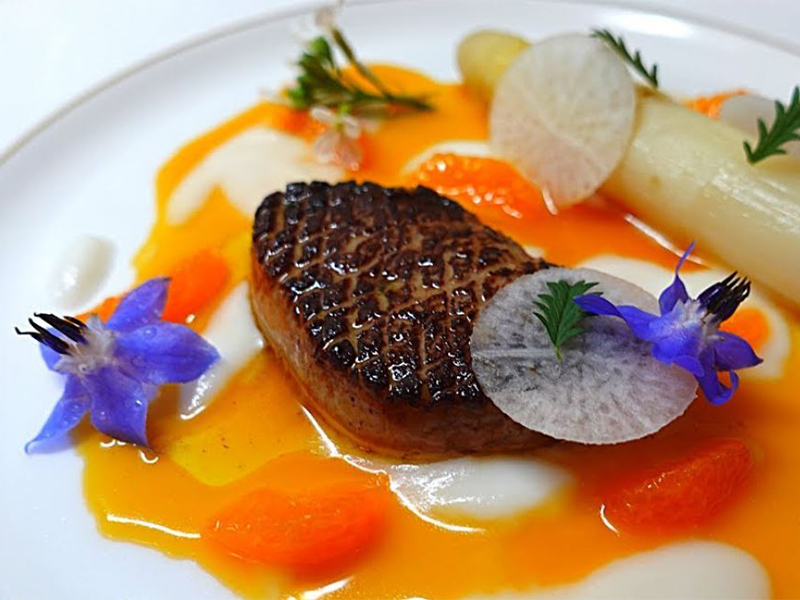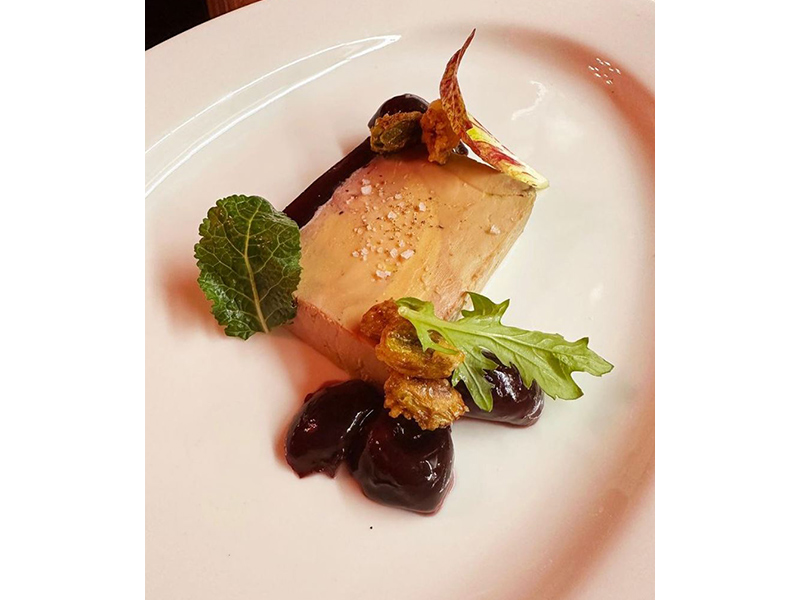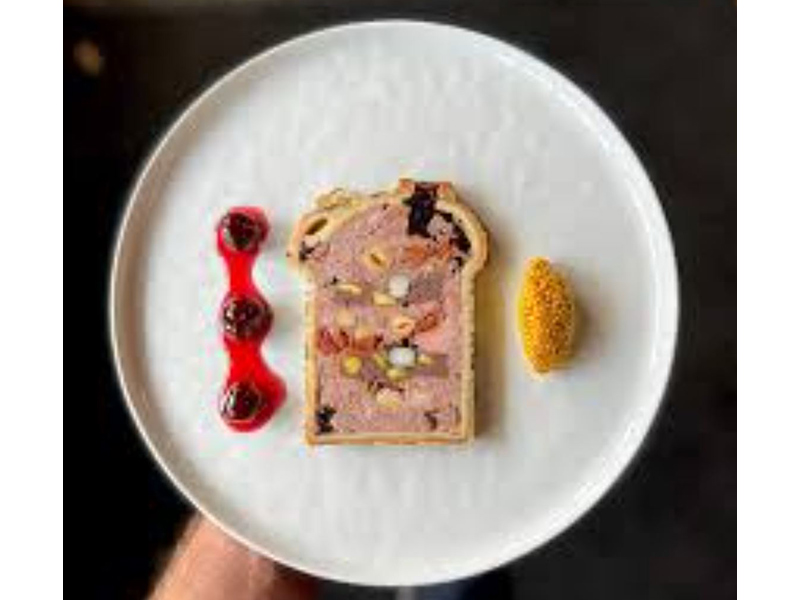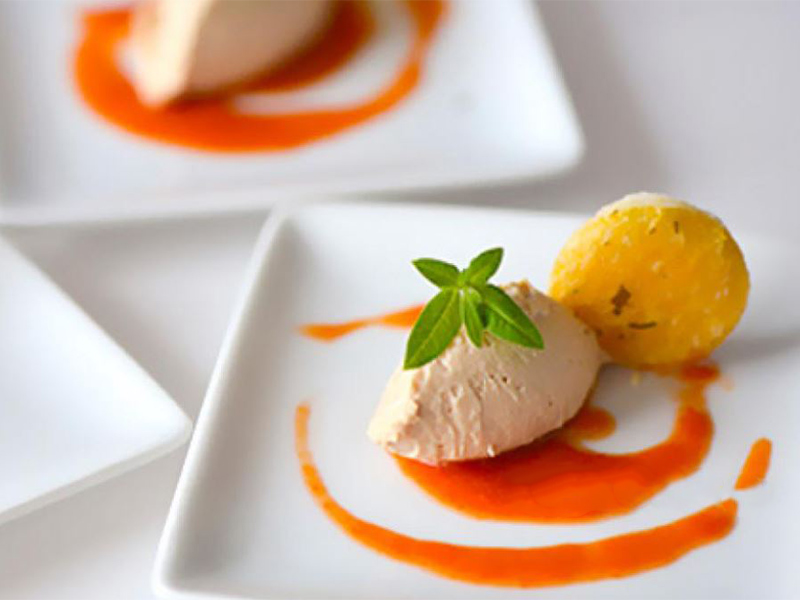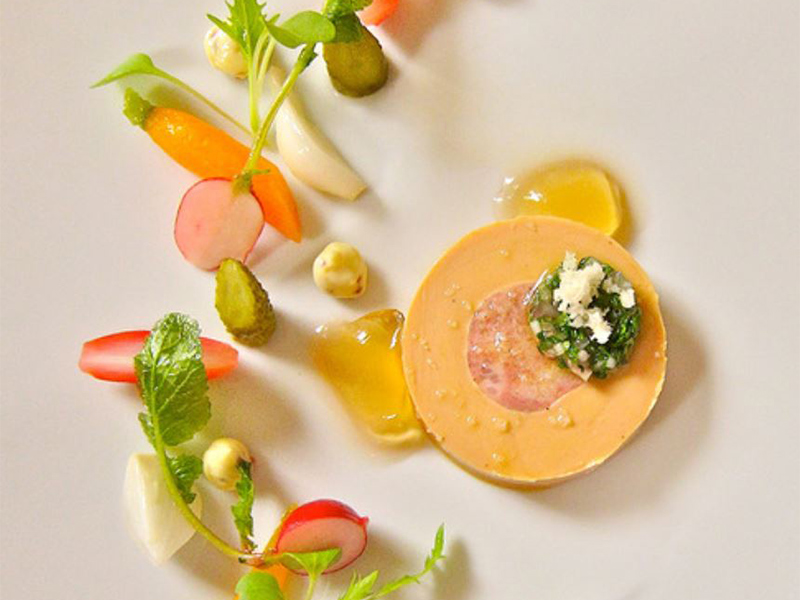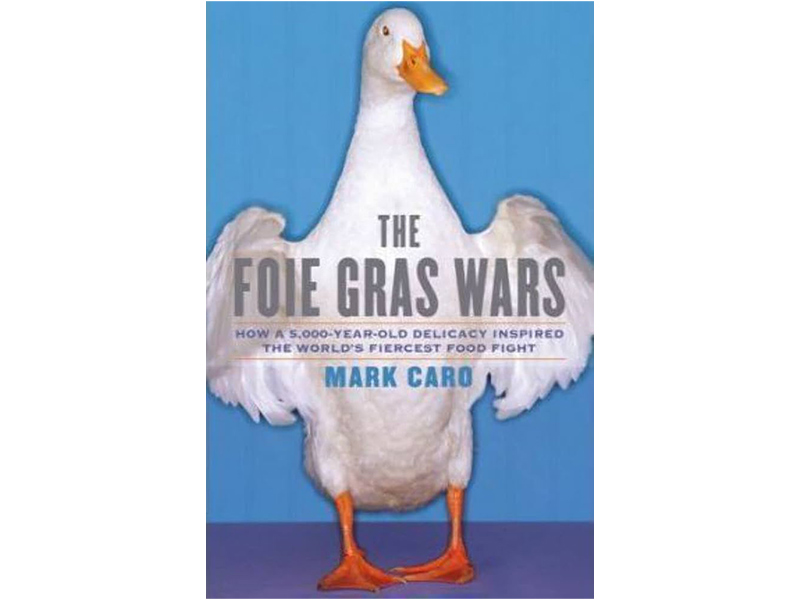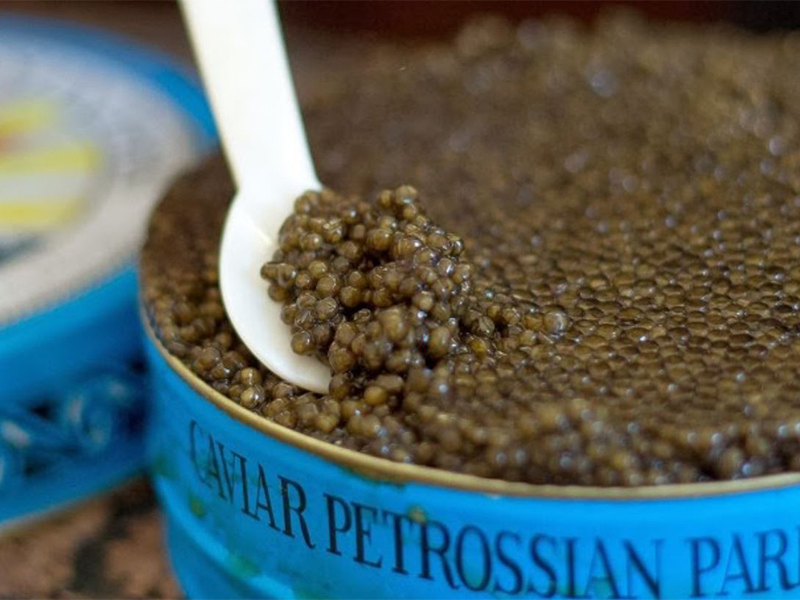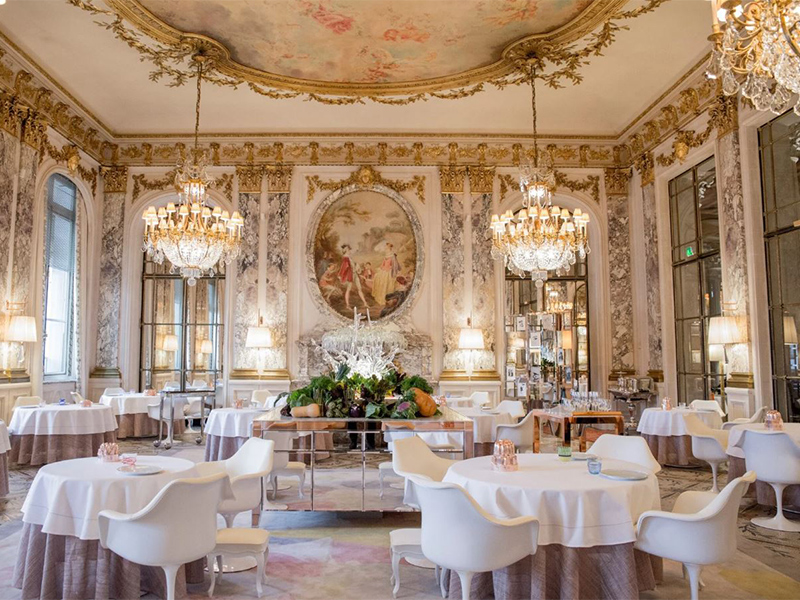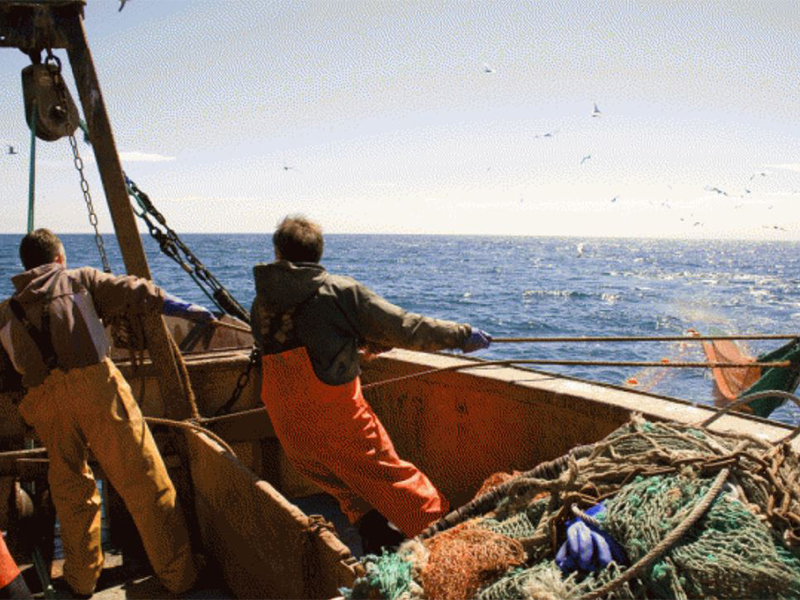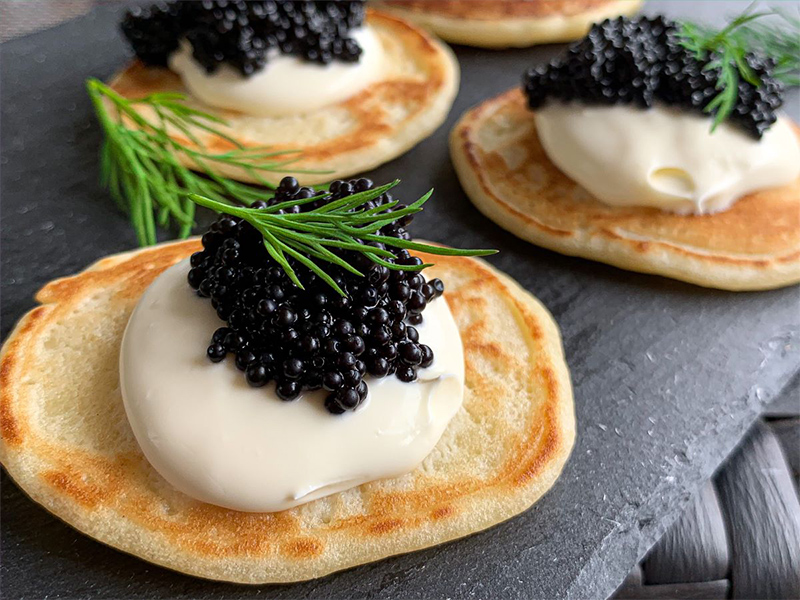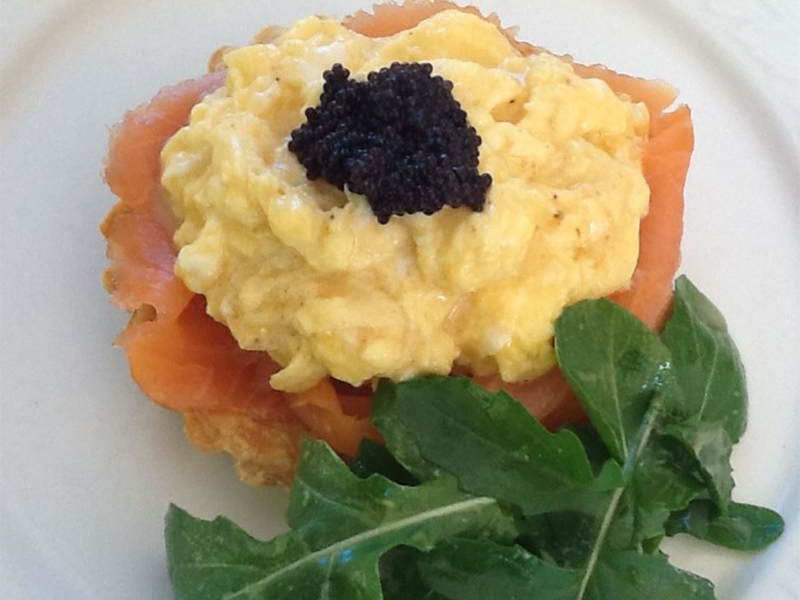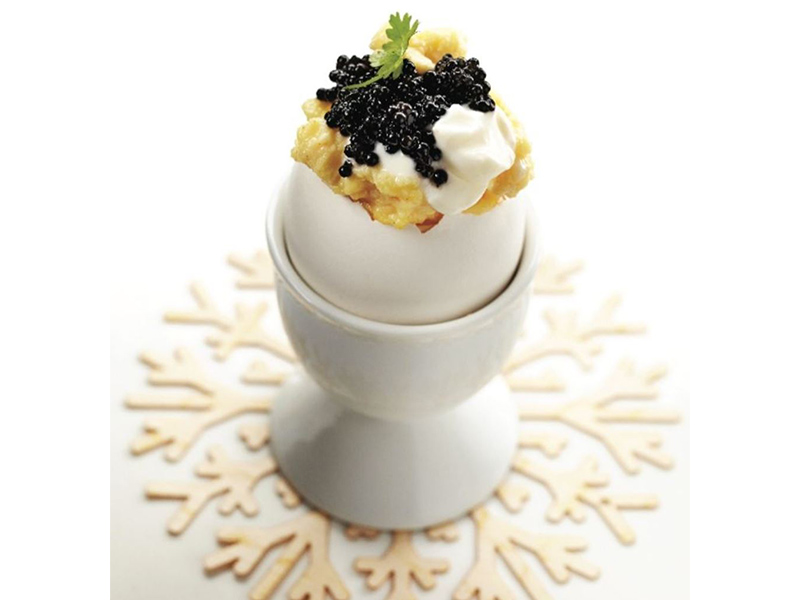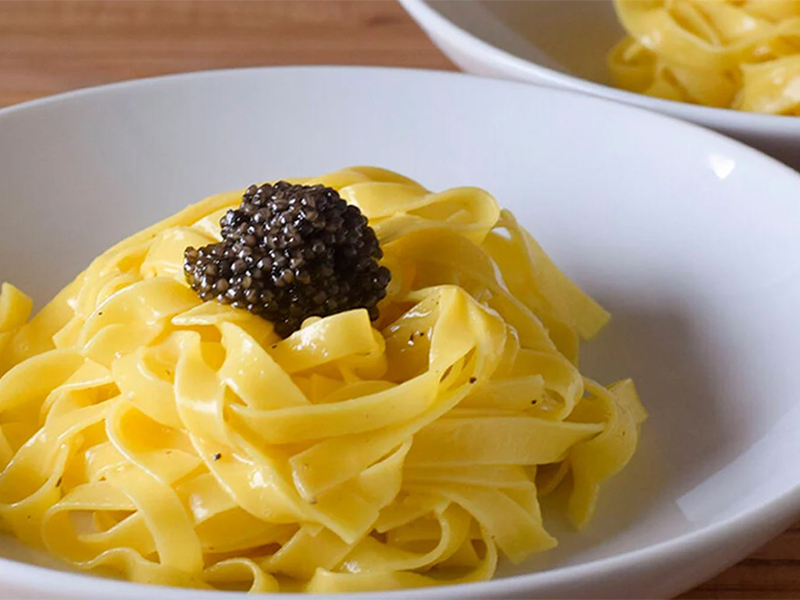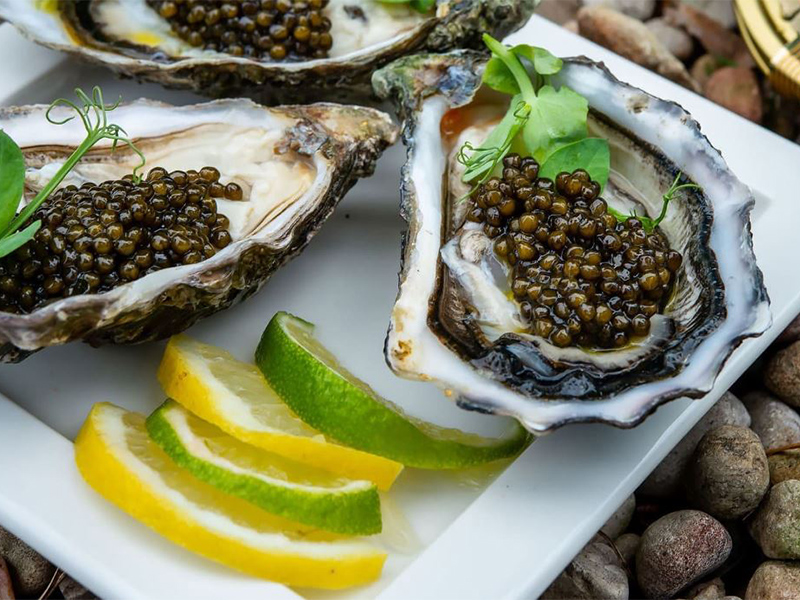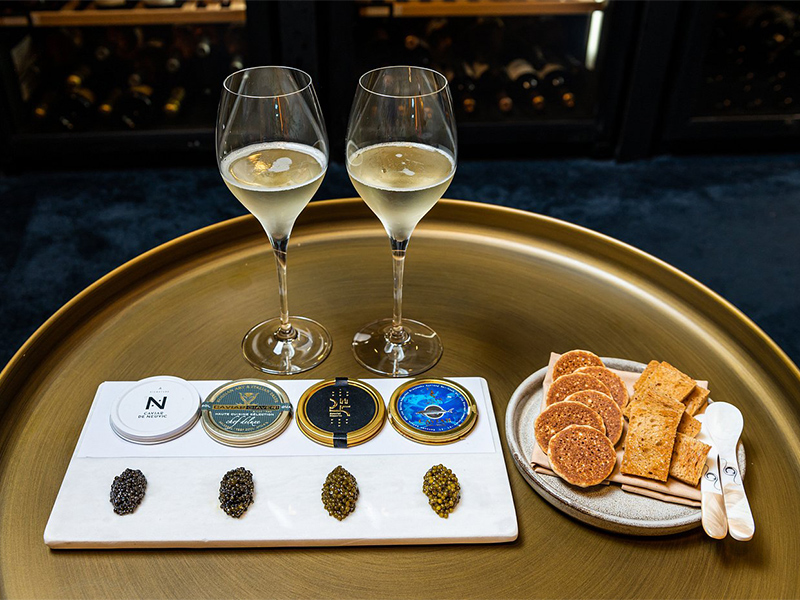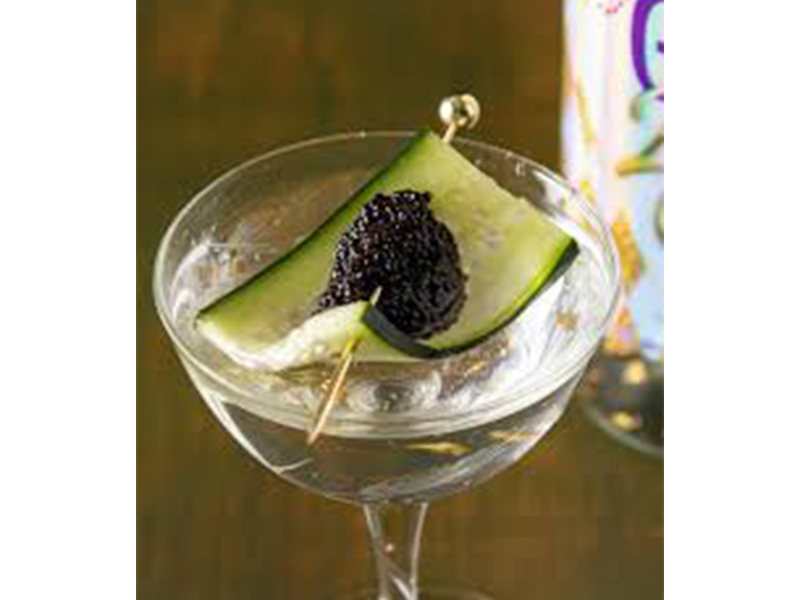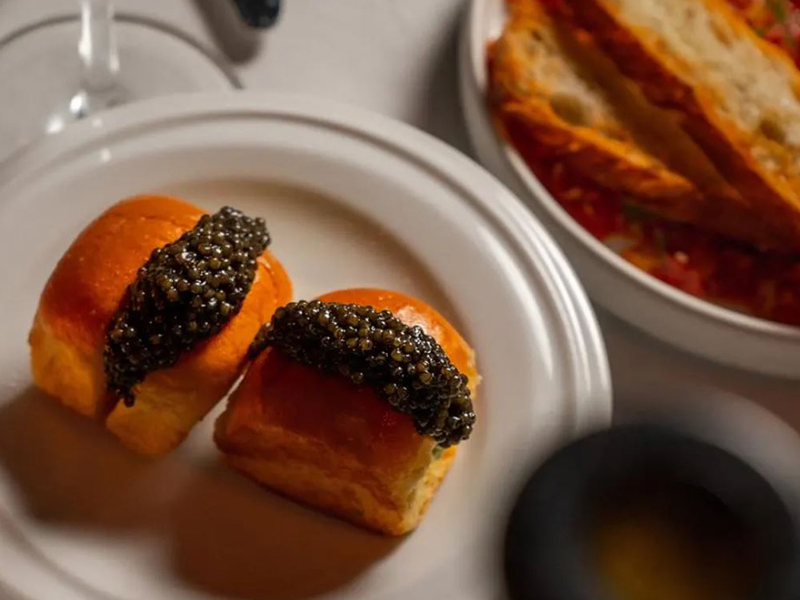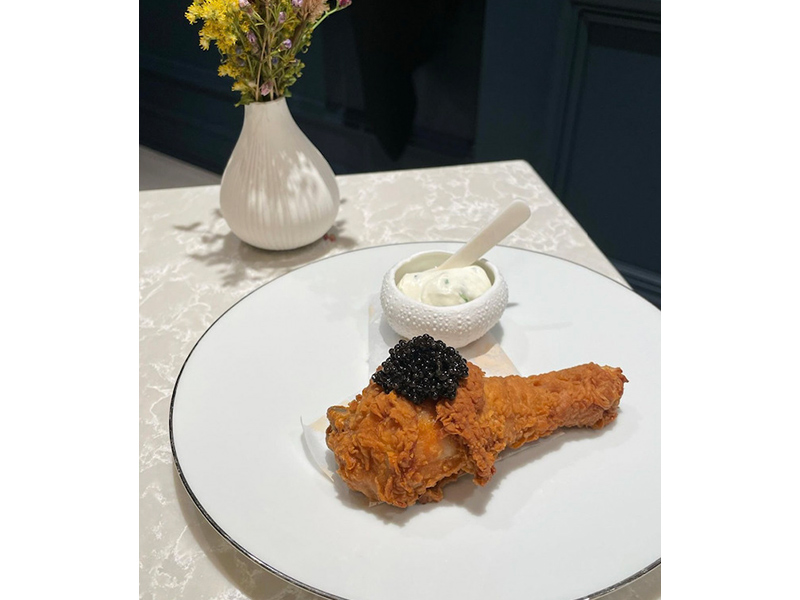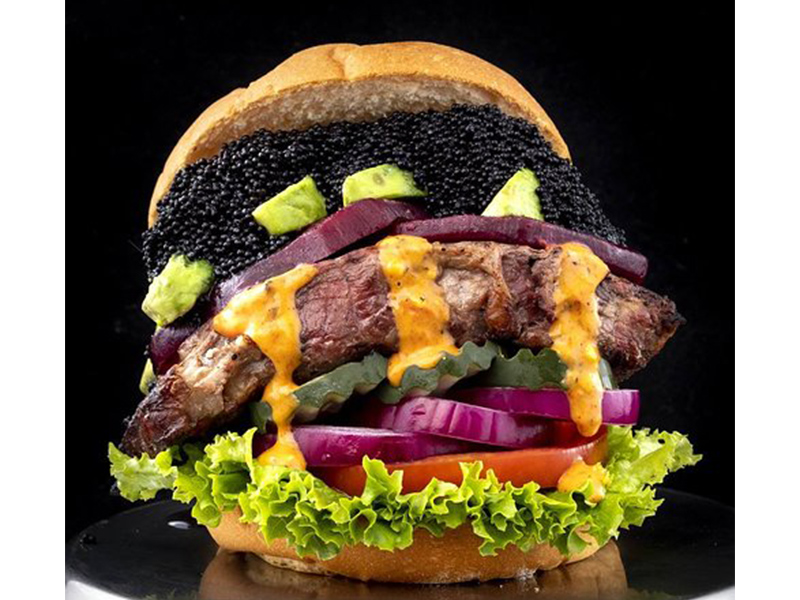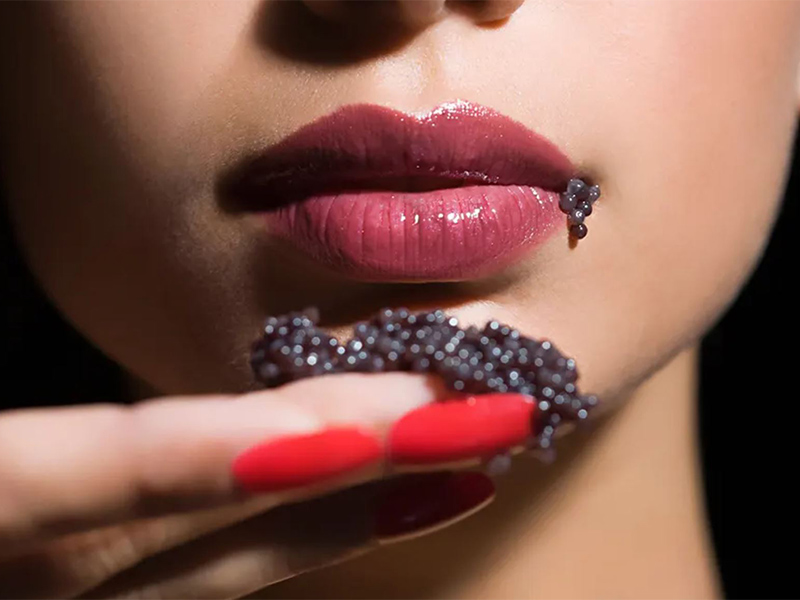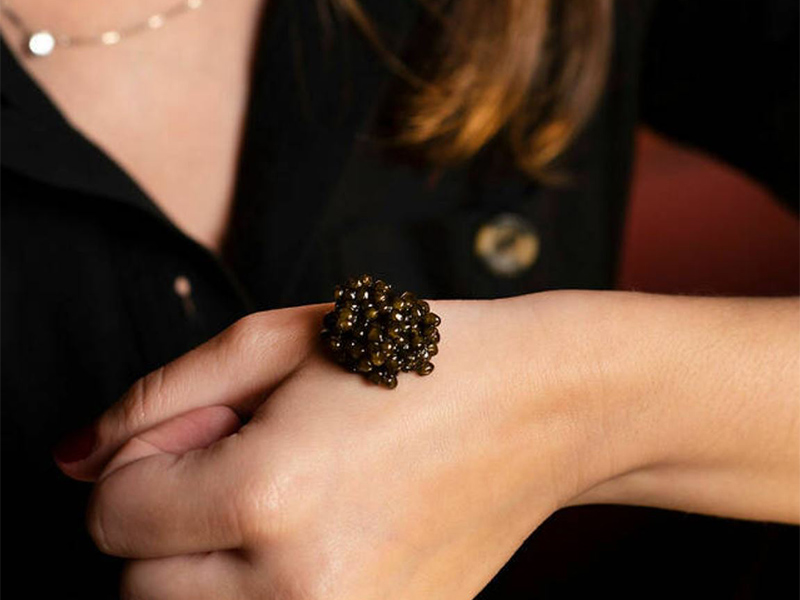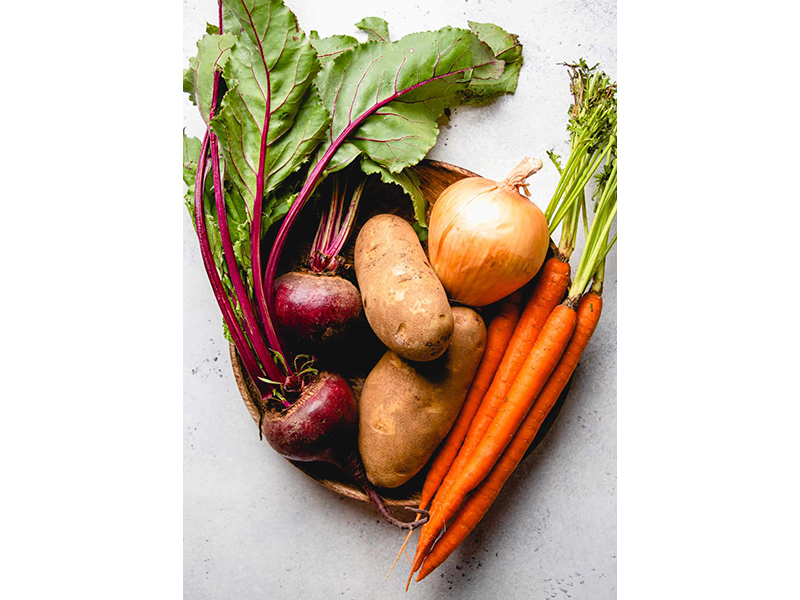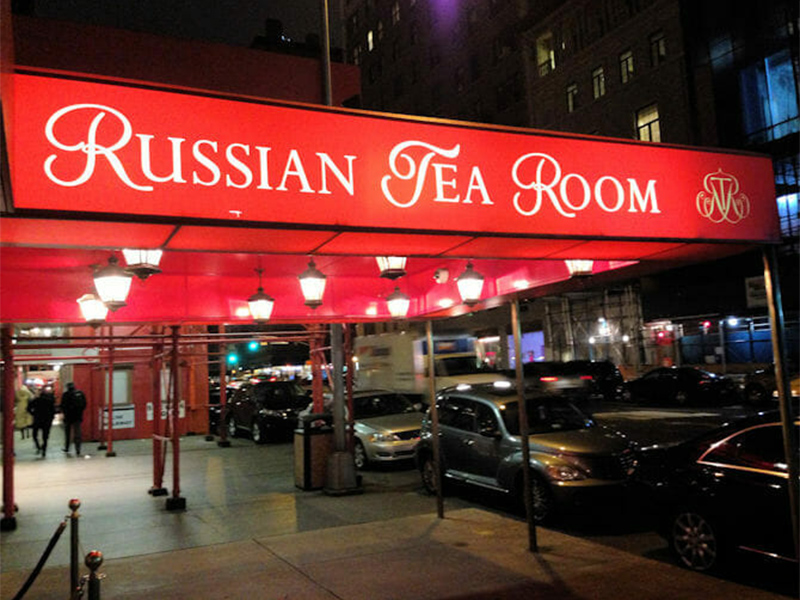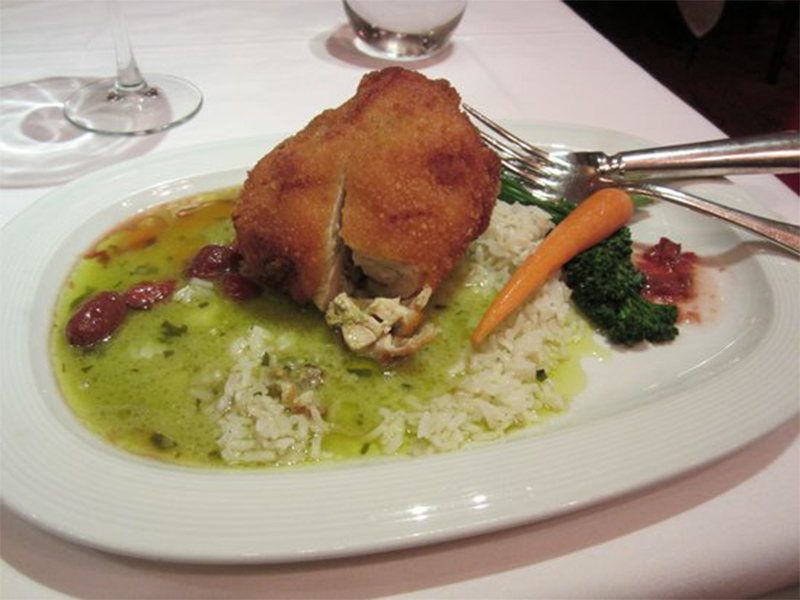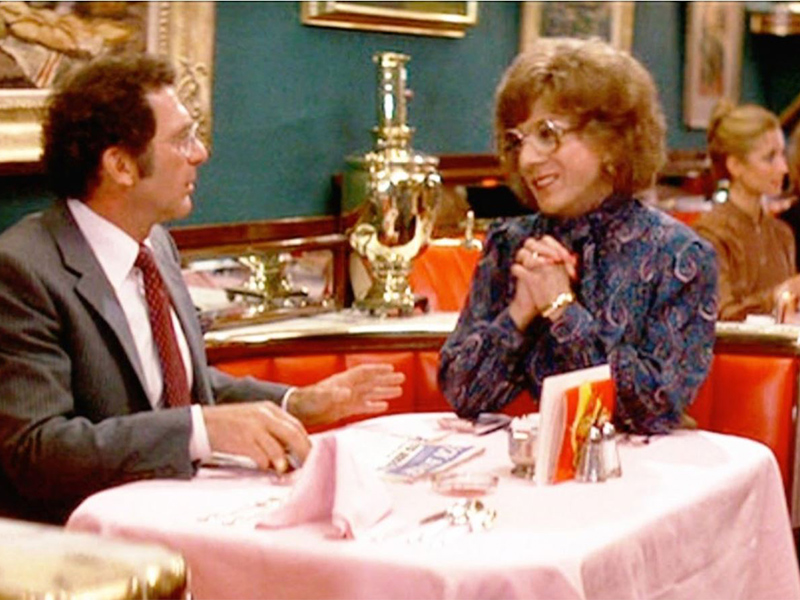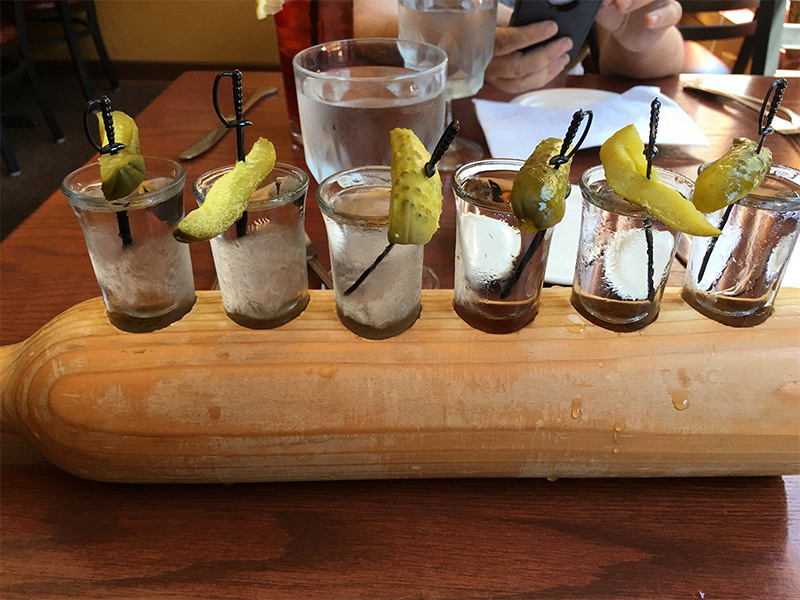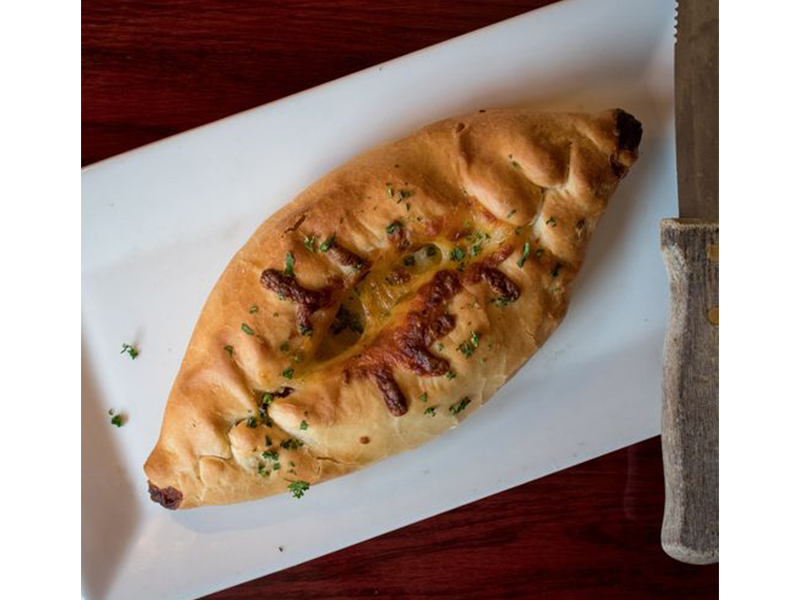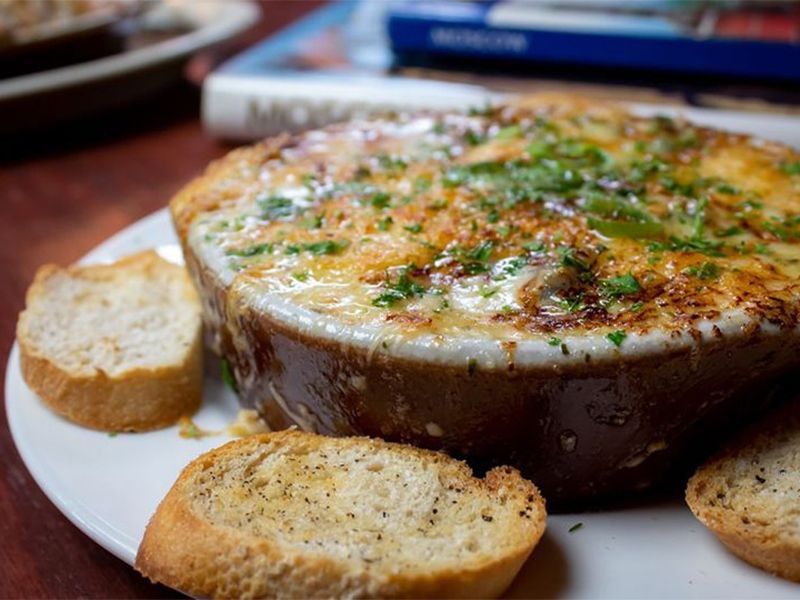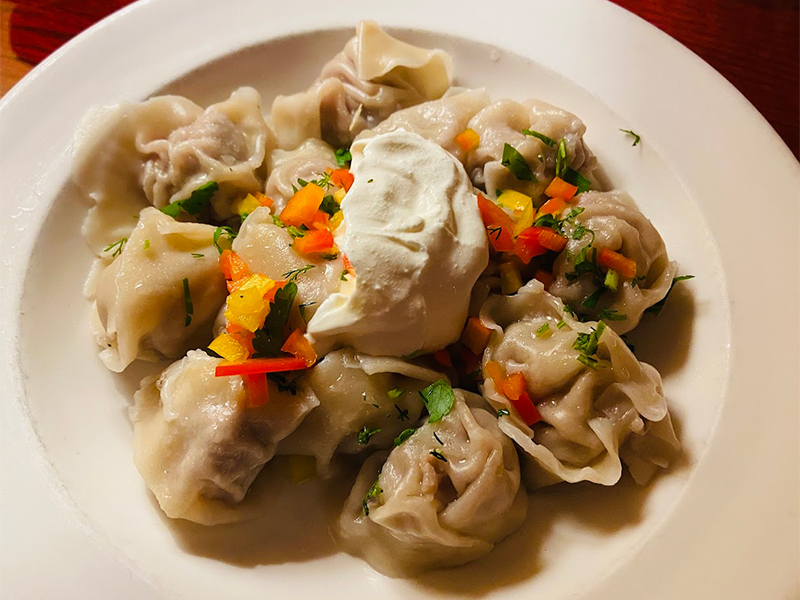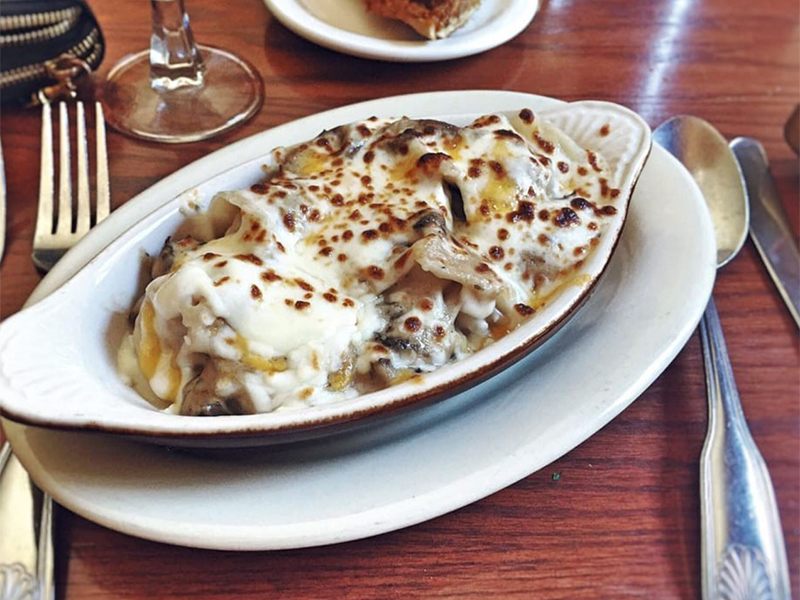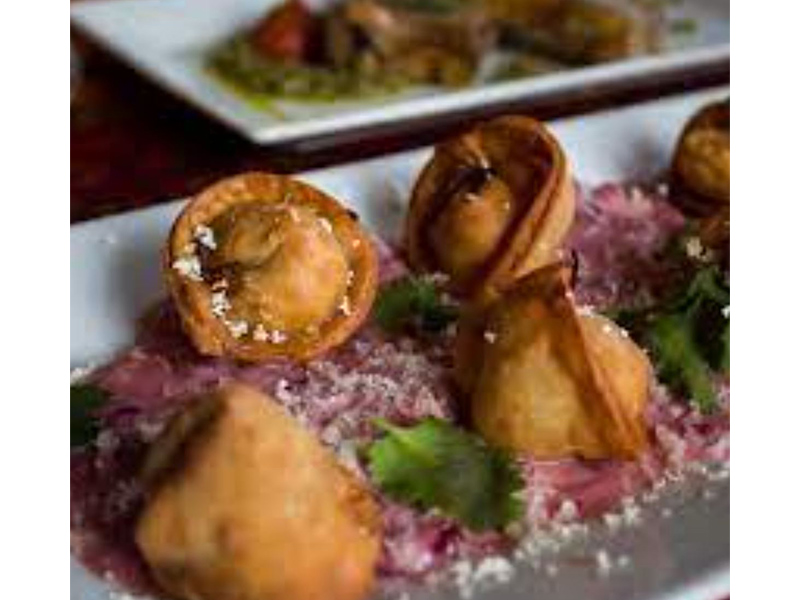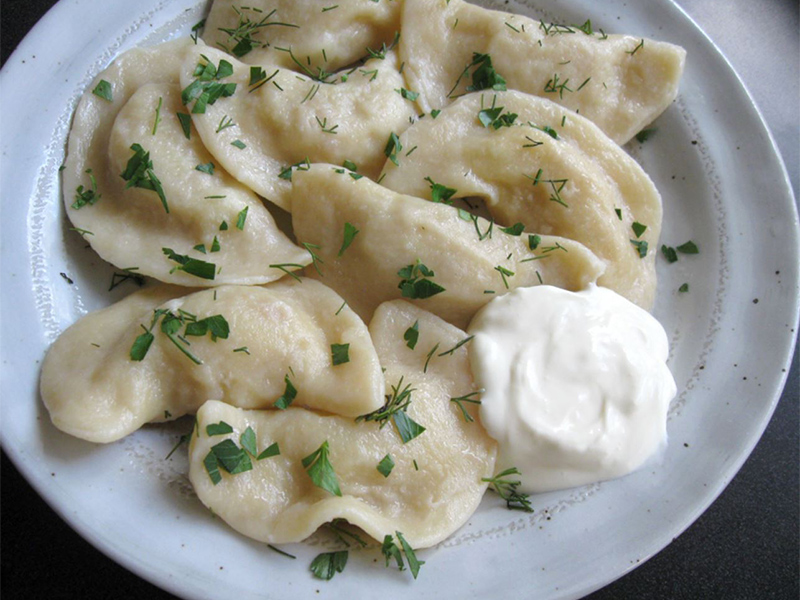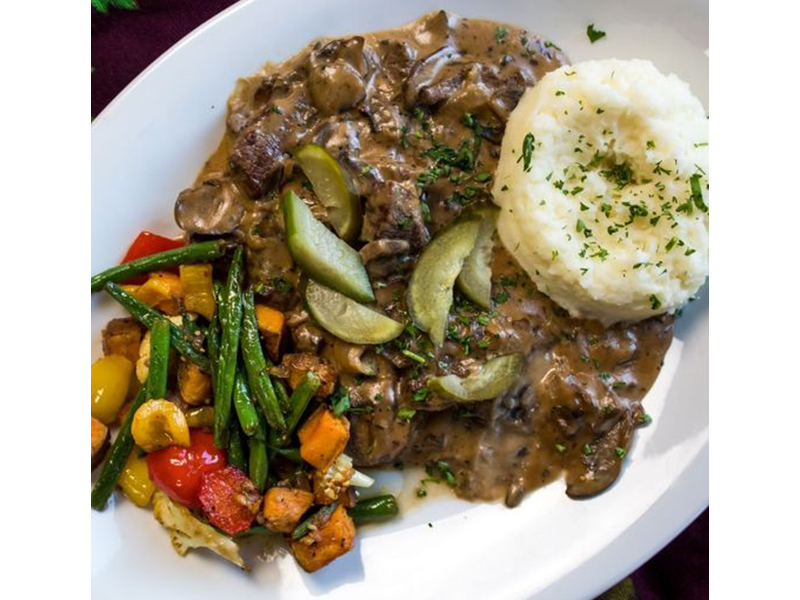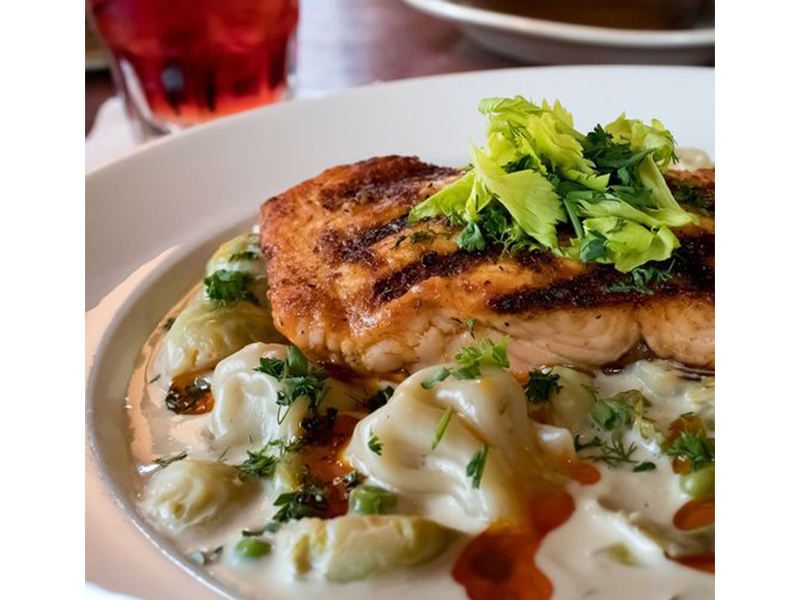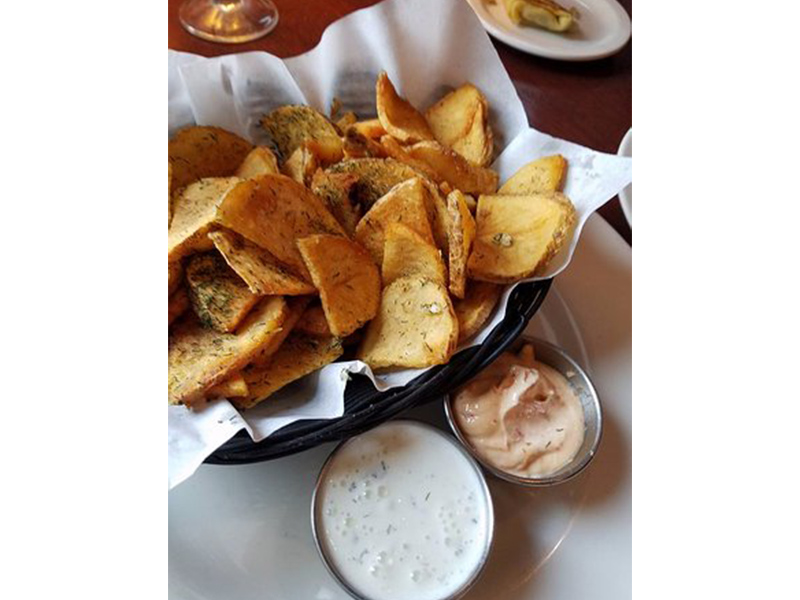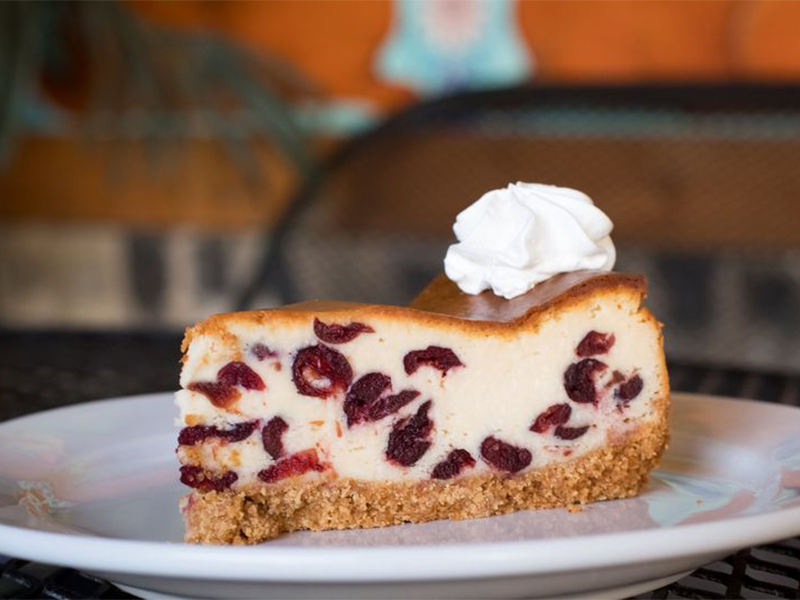If there’s any possibility that you’ll be traveling to Paris or London soon, keep this post on file.
As you probably know, Joanne and I have been fortunate enough to eat our way around the planet for years and years. Now that we are getting older, we tend to aim our travel to major markets that are more orderly and have fewer cobblestone walkways. Thus, you’ve been hearing from me a lot about New York, Miami, Paris and London.
This post highlights some of our favorite discoveries in Paris and London, including one very special newer bistro. Joanne and I have vetted them all. No duds. Full stop!
So, let’s go…
Paris birthed the classic French bistro, but tough economic times and draconian government rules and regulations have rendered some of the city’s most iconic, beloved spots mere shadows of their former selves. To remain financially viable, they’ve cut days, hours and staff. More distressing, they have compromised their food by having much of it made in batches off premises and delivered to the restaurant.
But here are five spots in Paris that retain their culinary integrity. All are delicious, all creative, all classic and quaint. And not one of them will break the bank.
They are…..CHEZ L’AMI JEAN…CHEZ DUMONET…ALLARD (order the duck with olives)…CHEZ GEORGES…and LE CHARDENOUX. Keep these on file. Commit them to memory. Tattoo them on your (spouse’s) forearm.
For the last several years, Joanne and I have spent quite a bit of time with our granddaughter and our son and his spouse scoping out the London restaurant scene – which is buzzy, vibrant, diverse, smart, creative and just plain wonderful.
But surely not as good as Paris, right?
Well, that assumption would have been correct years ago, when London had little to offer those hankering for a snug, appropriately cozy yet stylish and cosmopolitan French bistro. But boy, have times changed. As evidence, I refer you to four bistros in Britain that rival anything Paris has to offer. And guess what? They all have a MICHELIN STAR!
Let’s start with BOUCHON RACINE. The term “bouchon” originated in Lyon, France to describe modest restaurants that serve generous, hearty and local fare. Here those connotations are reinforced by “Racine,” which means “root.” In the words of the London Guardian food critic Jay Rayner, this “classic bistro offers a masterclass in French cooking.” Signature offerings include a Veal Porterhouse and a Roasted Leg of French Rabbit. Reservations are darn near impossible to get, so solicit your hotel concierge for help – and tell them not to give up.
GALVIN LA CHAPELLE is another must-visit bistro. Located in Spitalfields, it is drop-dead stunning, with food to match. Do not miss the starter of a large Dorset Crab Ravioli.
NOBLE ROT MAYFAIR…what a name. A reference to the fungus that barnacles onto grapes and intensifies the aroma and sweetness of certain wines, noble rot suggests an affinity for wine, and it’s no surprise that this restaurant was the winner of “Best Wine List in the UK.” But star billing is shared by the Michelin-quality food, including dishes like Pan-Seared Toulouse Sausage over a bed of puy lentils and roasted Free Range Landes Chicken with earthy morels – a favorite of ours. Oh, yeah, the bread plate. Noble Rot offers the best in London, combining sourdough, focaccia and yeasty, slightly funky Irish soda bread. YUM.
Drum roll, please, for the new kid on the block.
JOSEPHONE BOUCHON. Claude and Lucy Bosi, creators of two-star Bibendum (another London favorite of ours), are off to a flying start with this beguiling, sanely priced, old-school spot near Farringdon Station. Named after Claude’s mother, it takes diners on a culinary adventure through Lyon. The quality of cooking is such that within a year of opening, it earned its first Michelin Star. That’s unheard of.
Note, I celebrated my birthday there at Table #23 in the coveted back area of the restaurant. It’s warm, cozy, and perfectly positioned to let you take in all the action. Request it when you make your reservation. That number again: 23. Got it?
Despite its outwardly modest appearance, the food – typical of Lyon – isn’t just hearty, it has a real swagger with rustic, chest-beating offal selections. To wit, our amuse bouche: a bowl of crispy deep-fried shards of pork fat called gratons Lyonais, a regional snack rarely seen outside of Lyon. Salty? YOU BET!
We continued with five starters:
Soufflé au Saint Felicien – a divinely inspired, silky-smooth souffle creation laced with strong, nutty French cheese
Soupe å l’Oignon – a very rich concoction of caramelized onions and hearty beef broth with wonderfully slimy gruyere cheese that contrasts nicely with the topper of a bread crouton.
Leeks Vinaigrette – the white parts only, cool and soft with a just-acidic-enough dressing
Frog Legs – for the table, but only the top plump part in a punchy garlic butter
Salade – Offerings vary from day to day. We had herbed goat cheese as well as raw zucchini ribbons with lardons and a handful of herby, salty garlic croutons.
Vol au Vent – perfect for a chilly evening, this chicken and mushroom-filled pastry shell arrives napped in a savory, slightly thickened chicken broth.
Mains were next…
Steak au Poivre – a timeless French dish of juicy filet mignon topped with loads of cracked black pepper in a rich, creamy Cognac sauce.
Thick-Cut Pan-Seared Veal Chop – resting in jus with tiny root vegetables…miraculously simple.
Veal Sweetbreads with Morel Mushroom Sauce – Most people haven’t a clue what sweetbreads are. Brains? Balls? Actually, they’re the thymus glands of a calf, and at Josephine Bouchon they arrive baby fist sized…crispy on the outside and tender in the middle. The buttery morel mushroom sauce is perfect for bread sopping.
Filet of Cornish Cod – pan-seared and served with a shallot beurre blanc sauce…Joanne’s choice.
Lapin à la Moutarde for Two – Featuring wild French rabbit that may have come from yesterday’s hunt, this superbly hearty preparation balances the unique, slightly gamey taste of rabbit with the smooth flavor of mustard-tarragon sauce.
Standout side dishes …
Pommes Duchesse – grown-up tater tots, with a potato purée center and a crispy outer shell. Scarfed ‘em up like popcorn.
Gratin Dauphinoise – portioned for sharing. A big hit at our table, this dish featured soft-thin slices of russet potato baked with cheese, nutmeg, cream, garlic, butter and more cream.
Room for dessert? Hell YES!
Choux à la Chantilly – a sort of cream puff with vanilla Chantilly cream (only three ingredients: powdered sugar, heavy cream and vanilla). Soooo good.
Tarte au Praline – Pecans, pecans and more pecans bound with butter, brown sugar, molasses and more butter. Served with a dollop of vanilla-bean ice cream.
Mousse au Chocolat – Another dish portioned for sharing: a big bowl of velvety mousse smothered with shards of 80% cocoa chocolate. Mercy!
Plateau de Fromage – The cheese board. I don’t even know what cheeses were on offer except for the fantastic real Roquefort, a sheep’s milk cheese that’s both salty and tangy, creamy and earthy all at the same time.
Baba au Rhum – This is Josephine Bouchon’s specialty: a bundt-shaped yellow sponge cake resting under a glass dome and wheeled to the table on a rum-laden trolley. Pick your poison, then sit back and watch your wedge of sponge cake get drenched with demon rum.
That was a GOOD NIGHT.
WTF
PHIL
